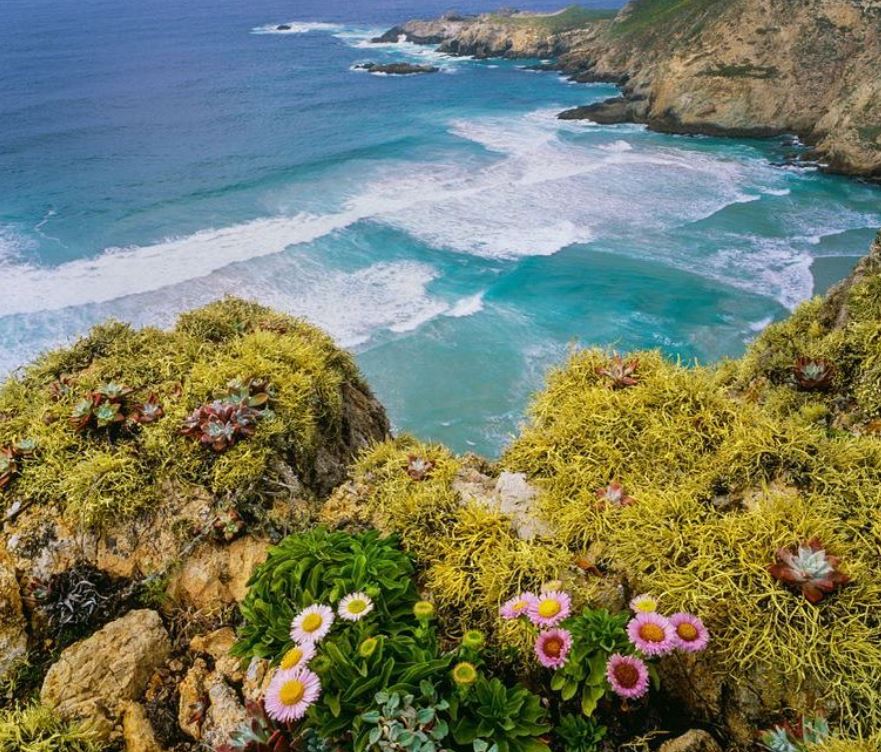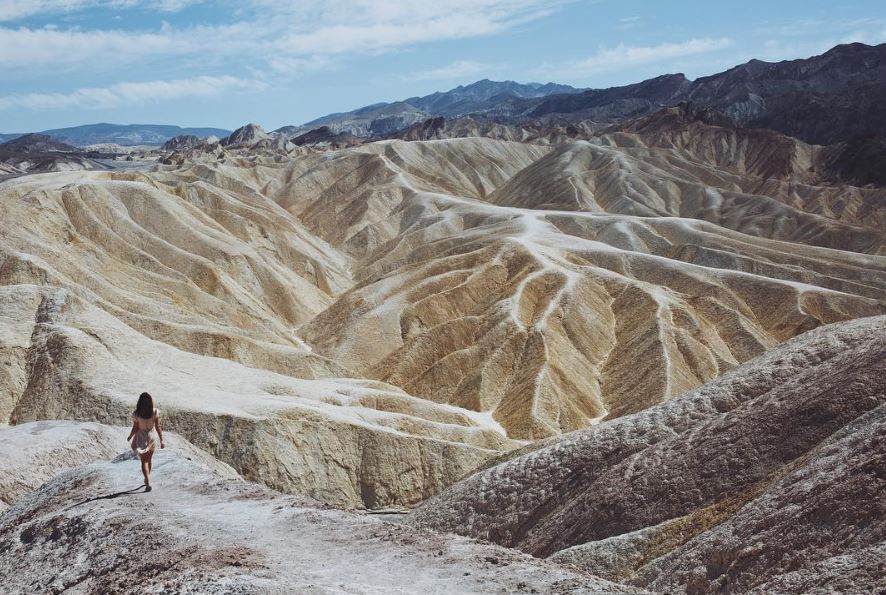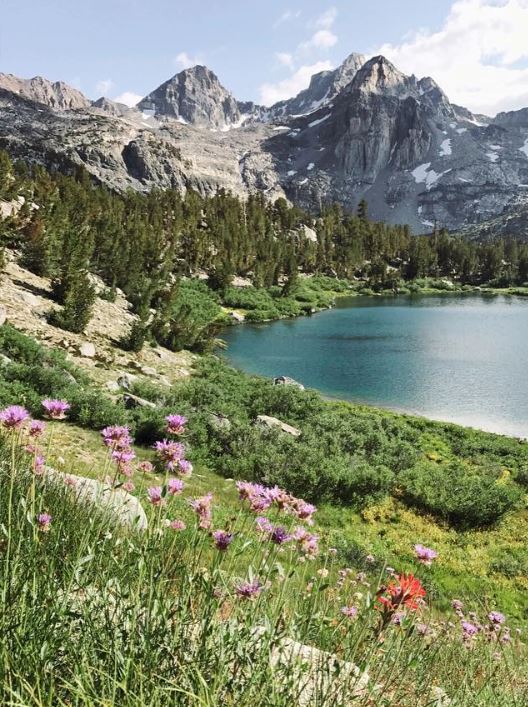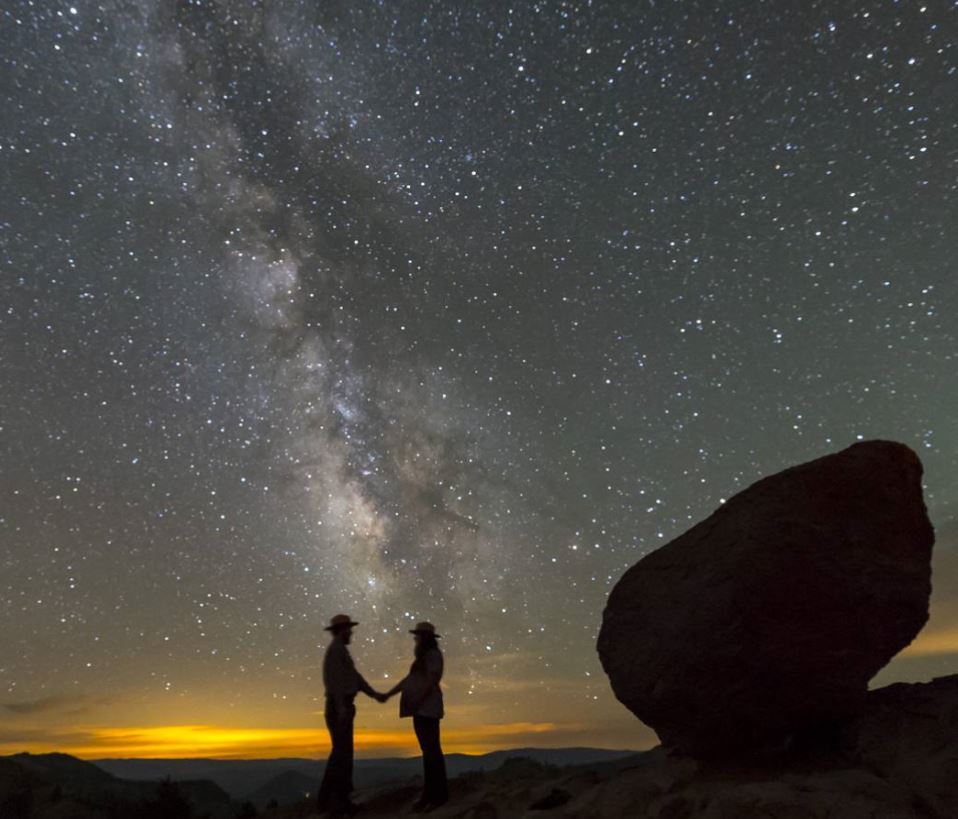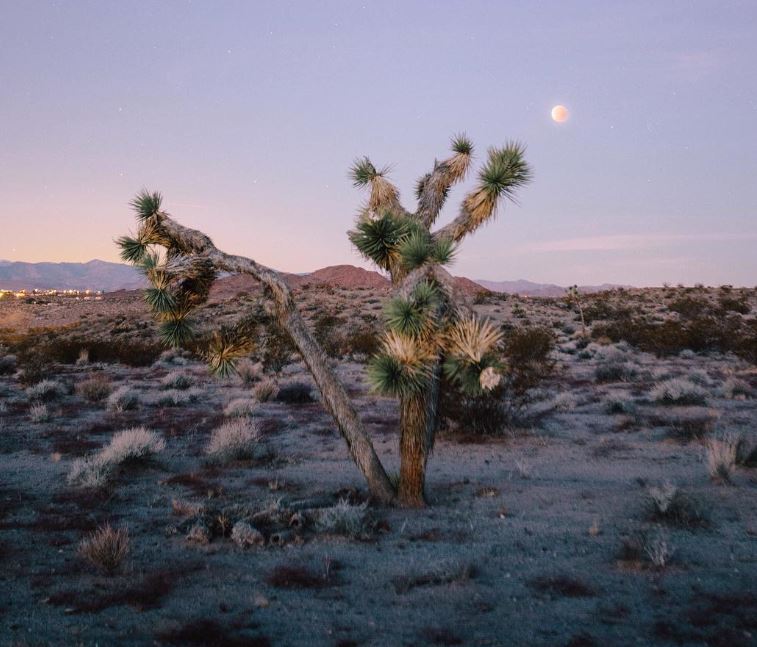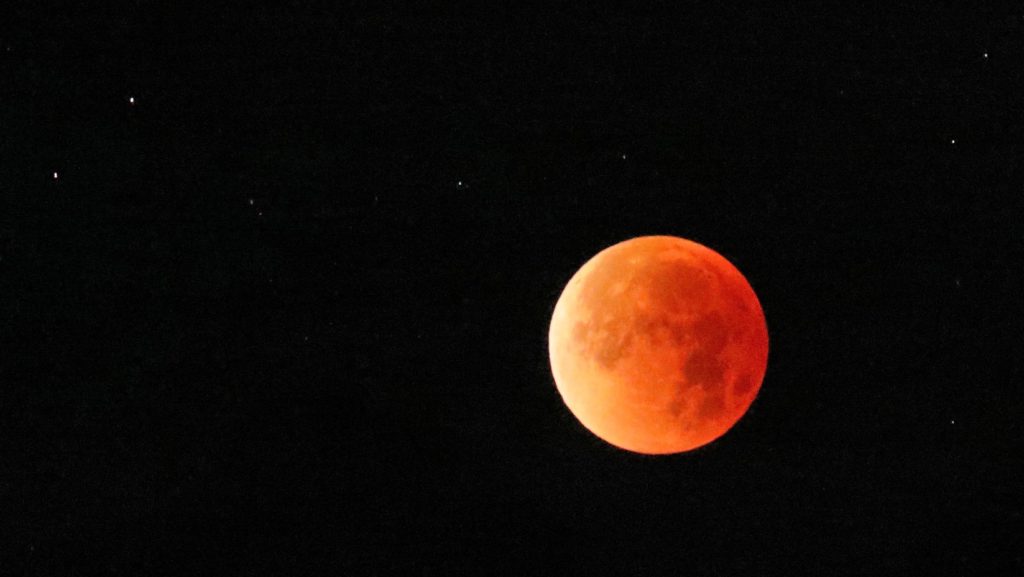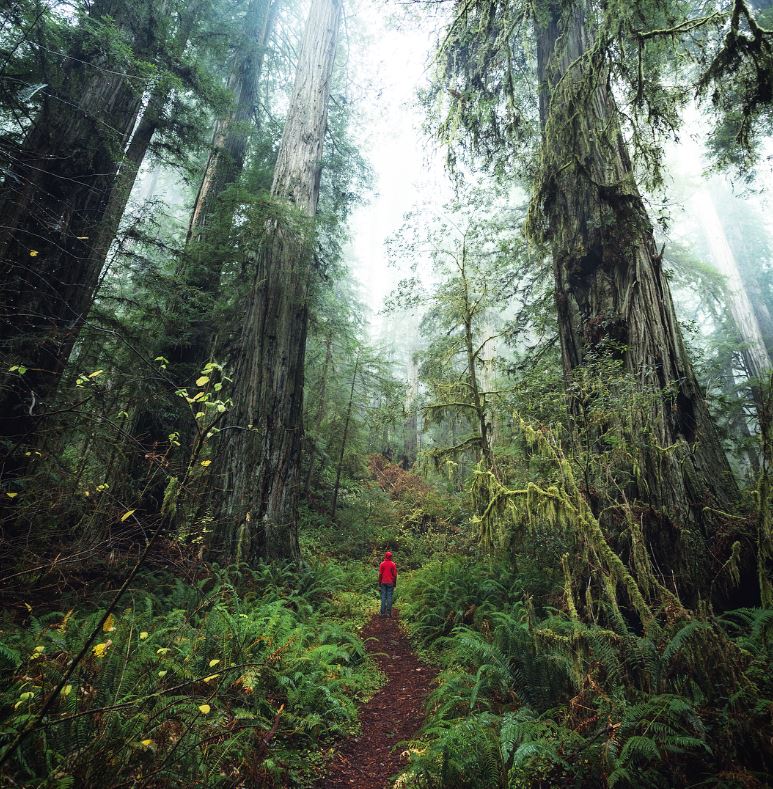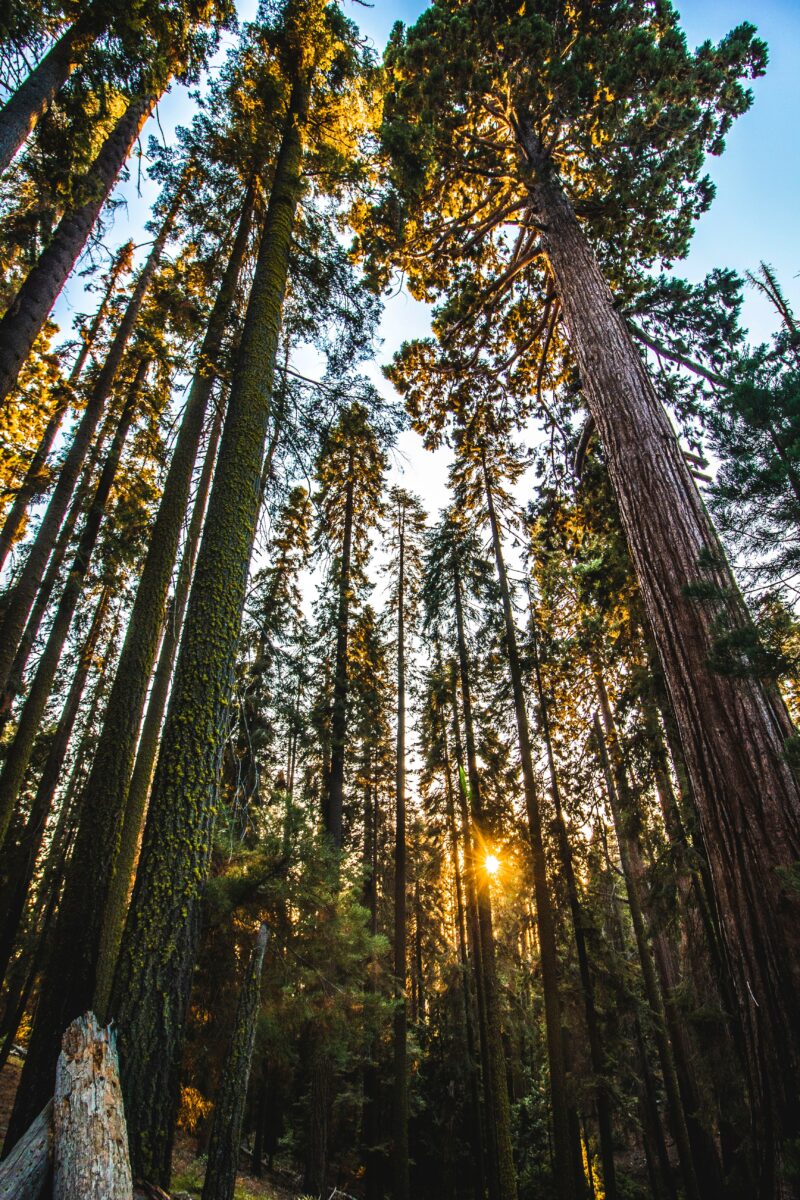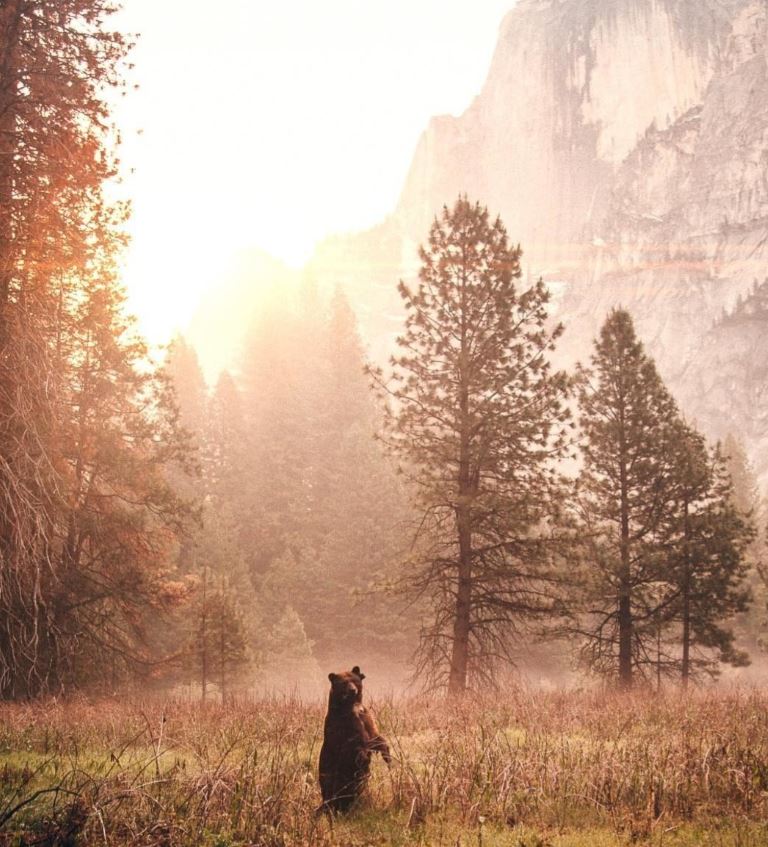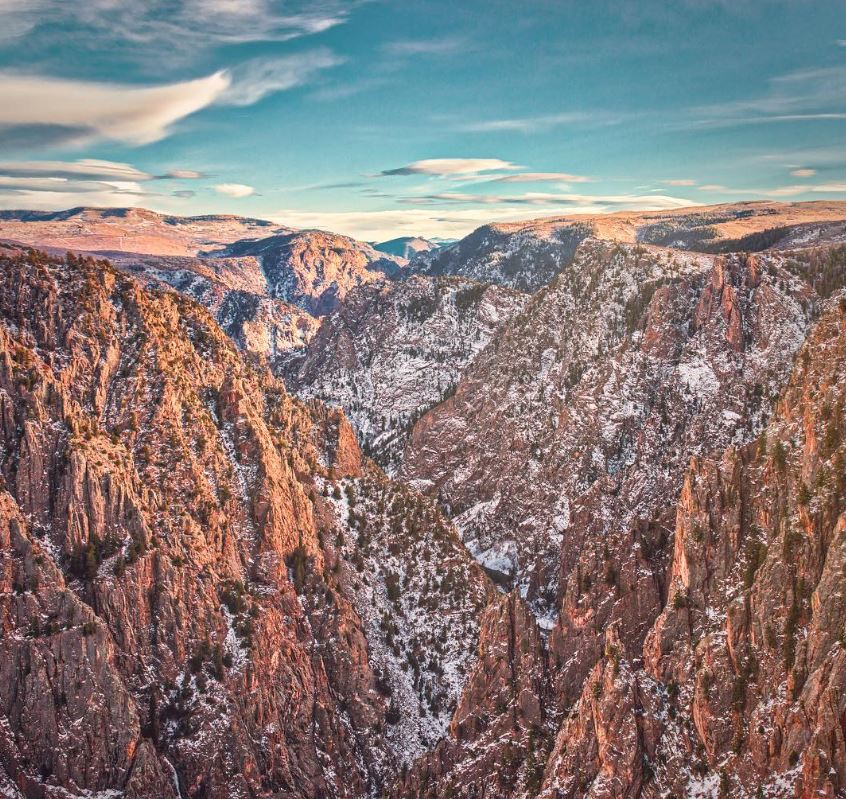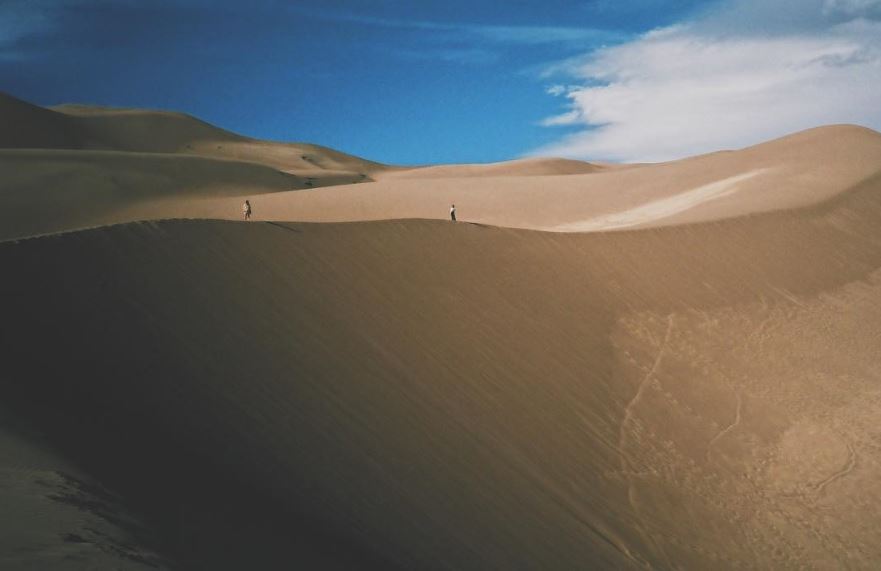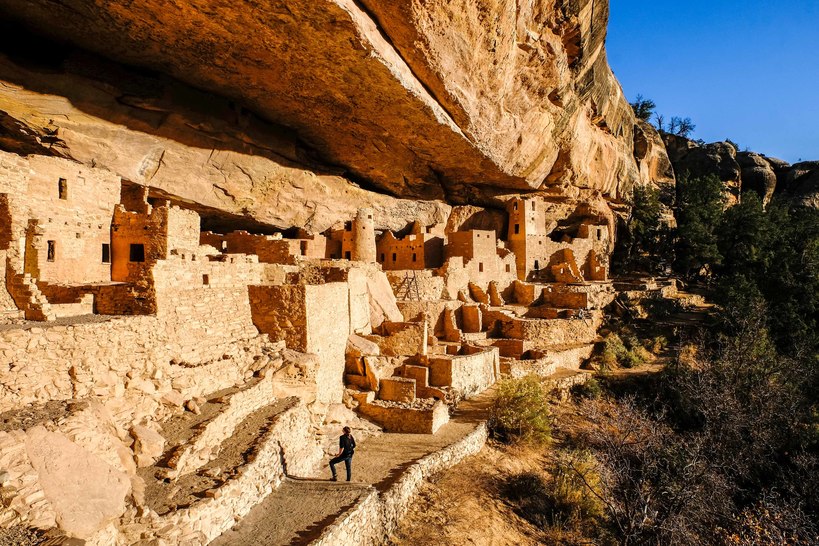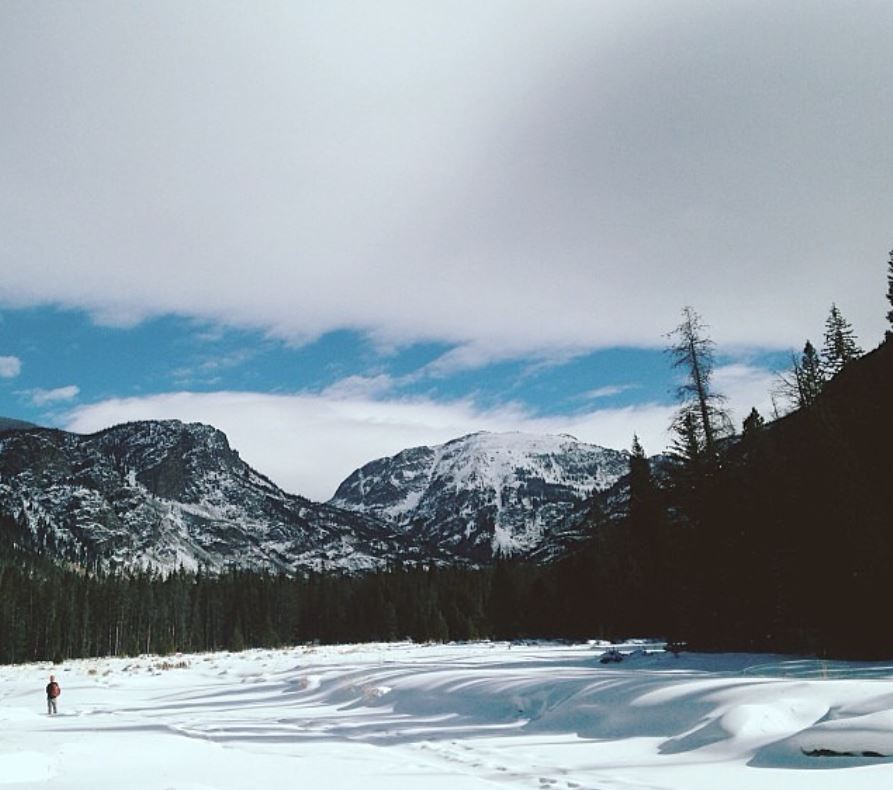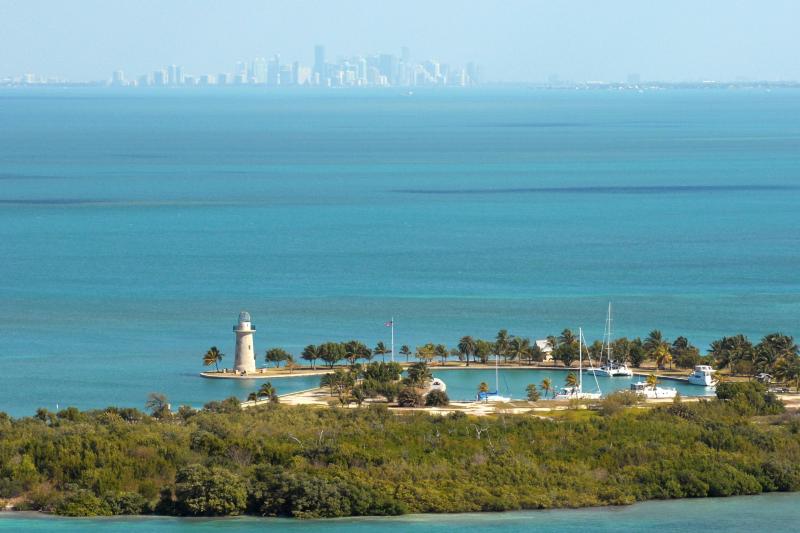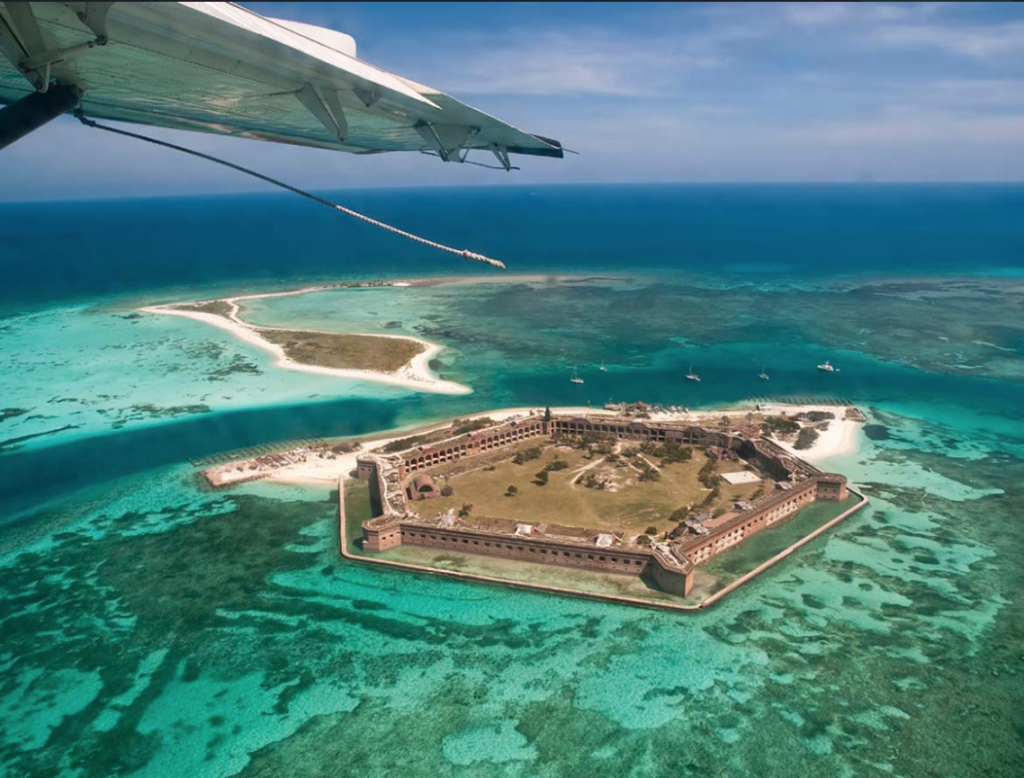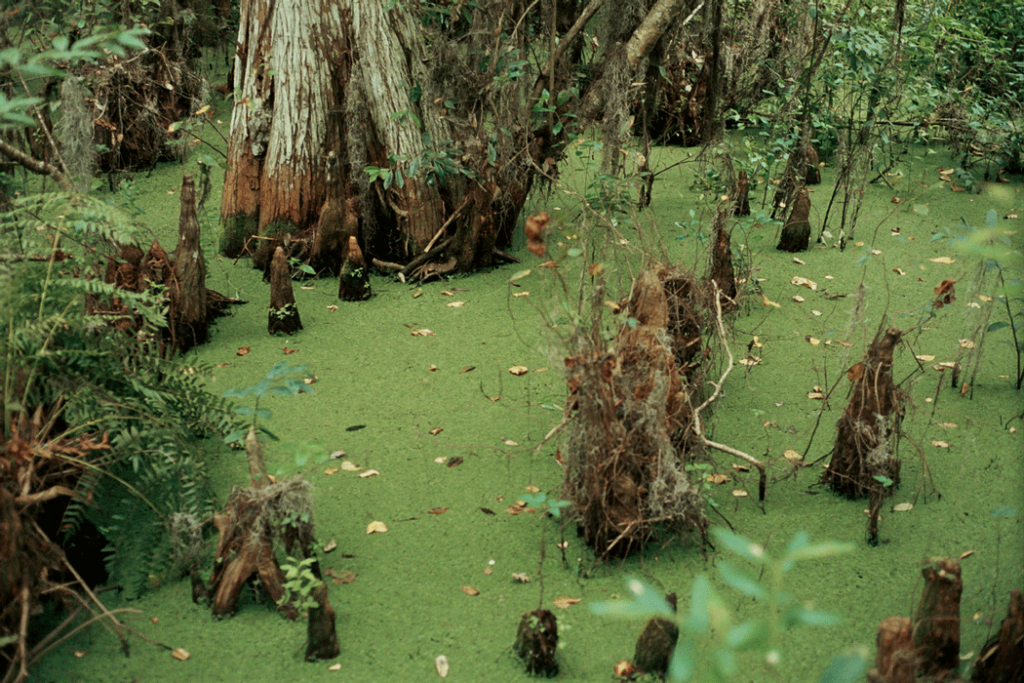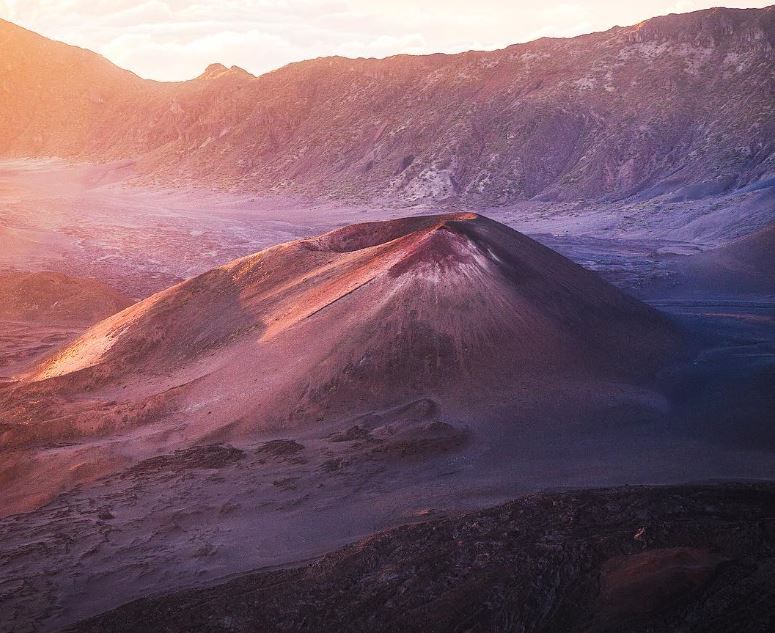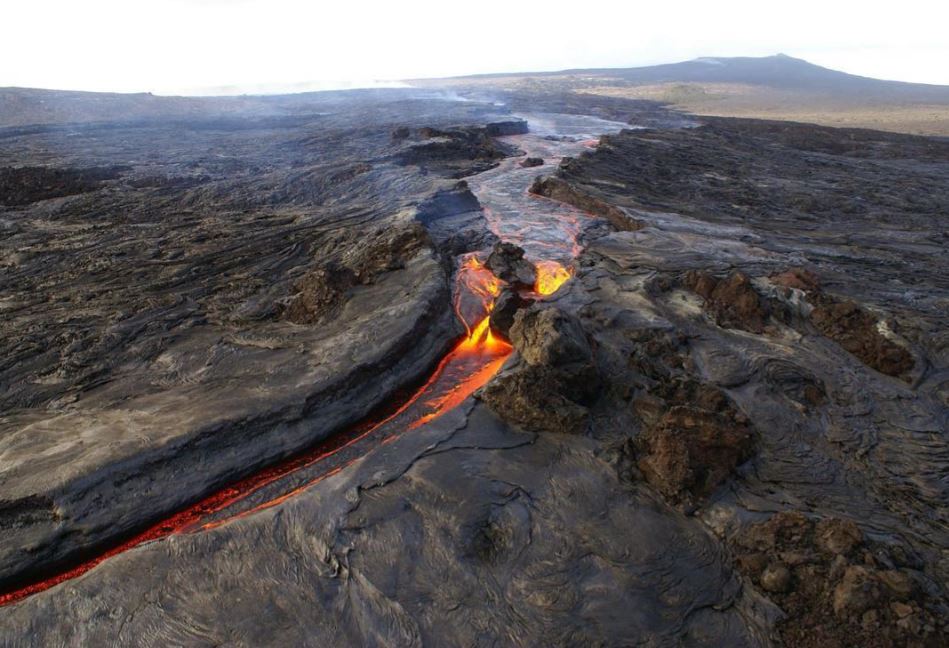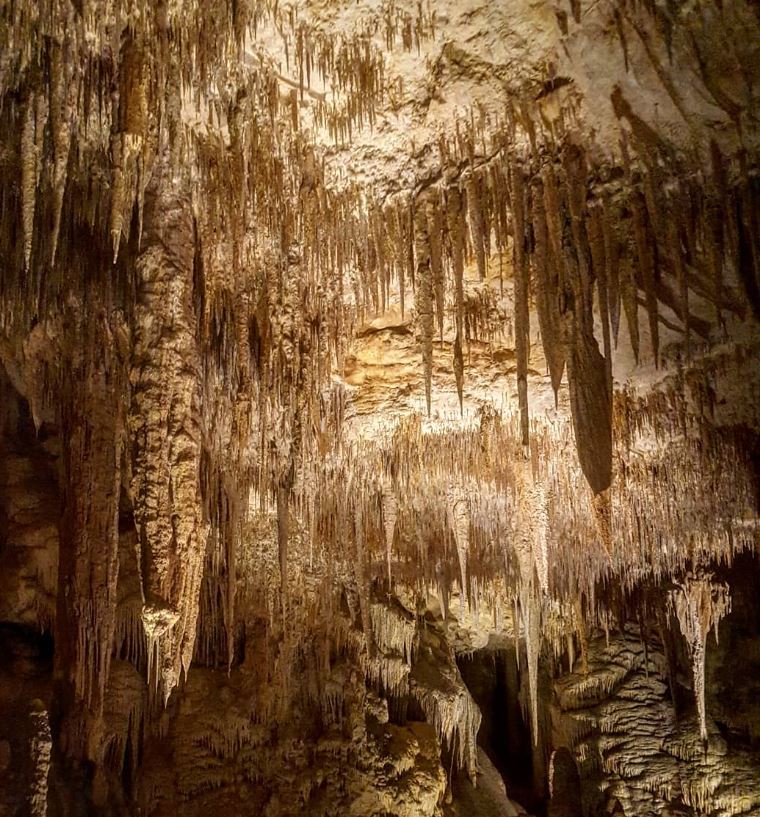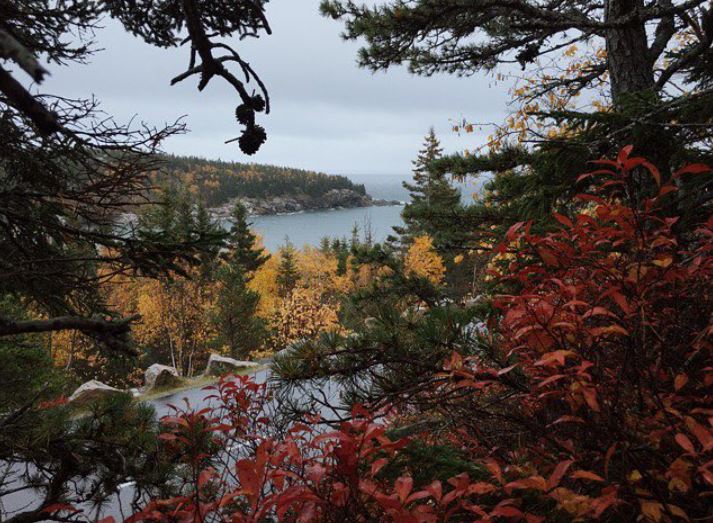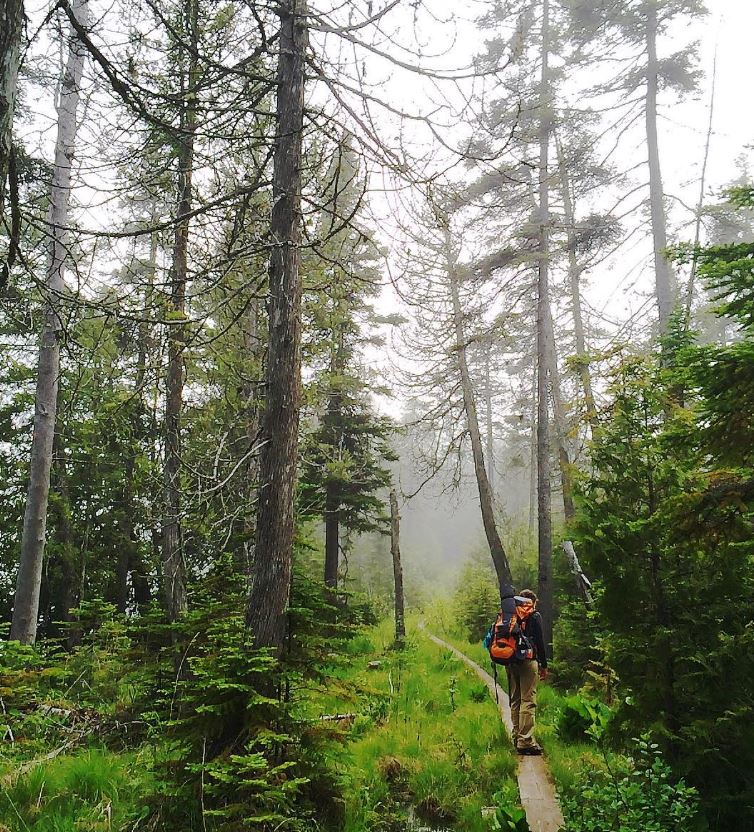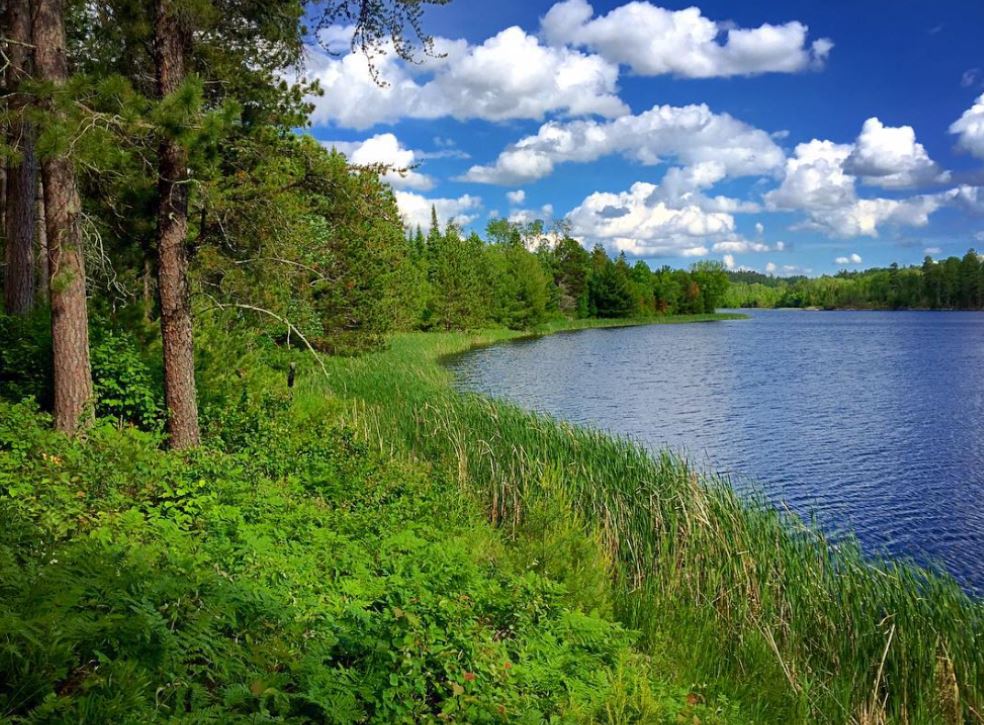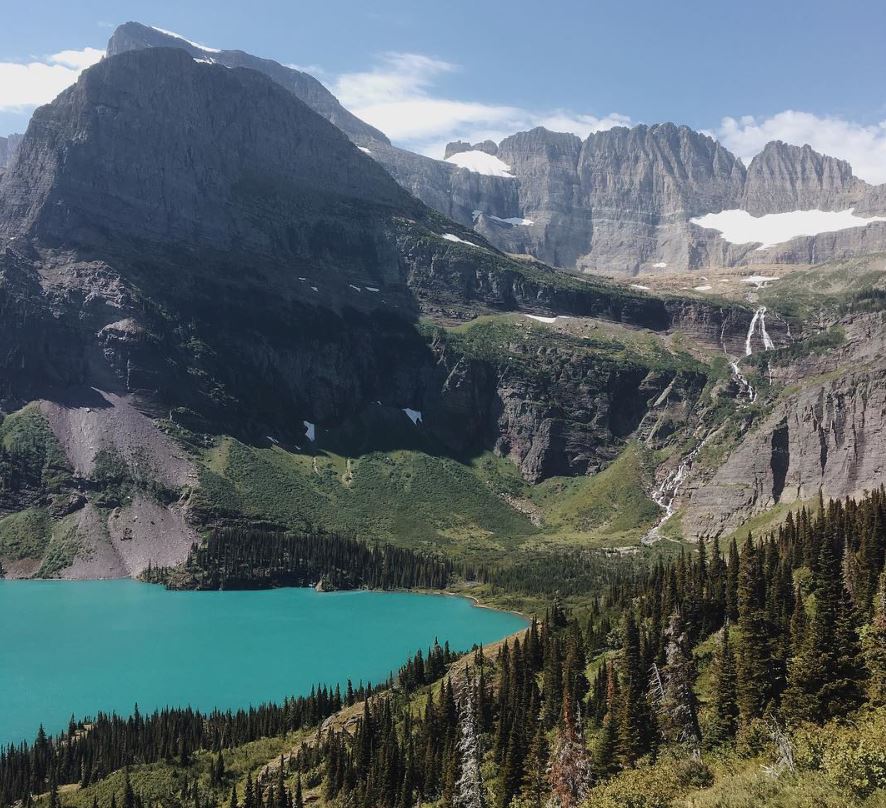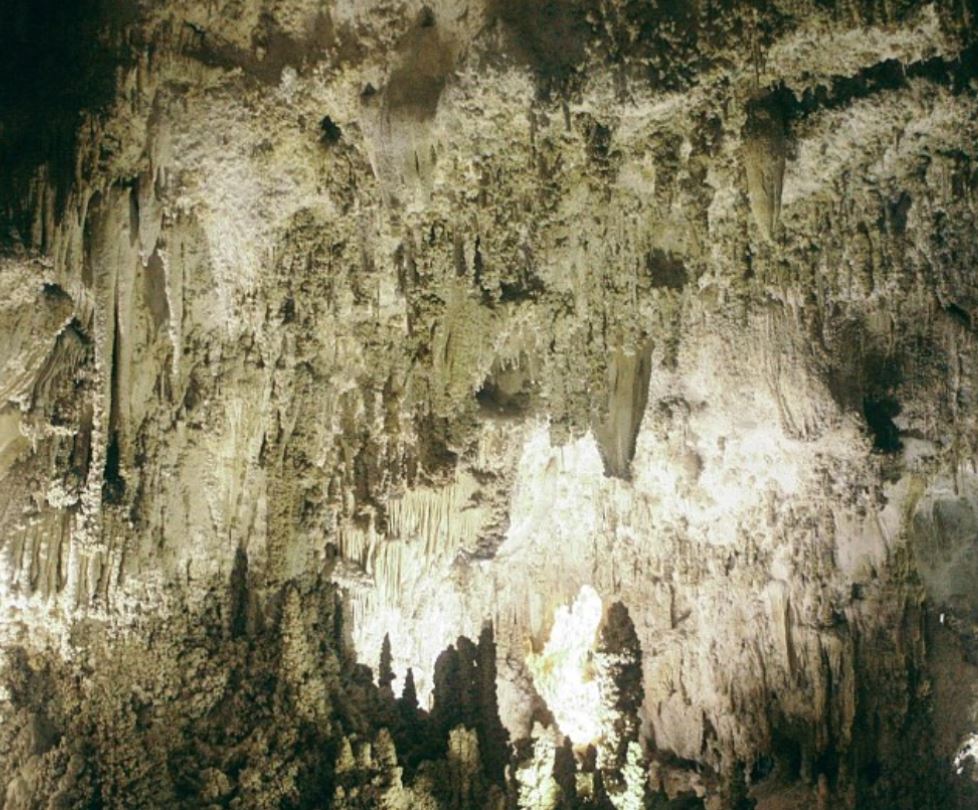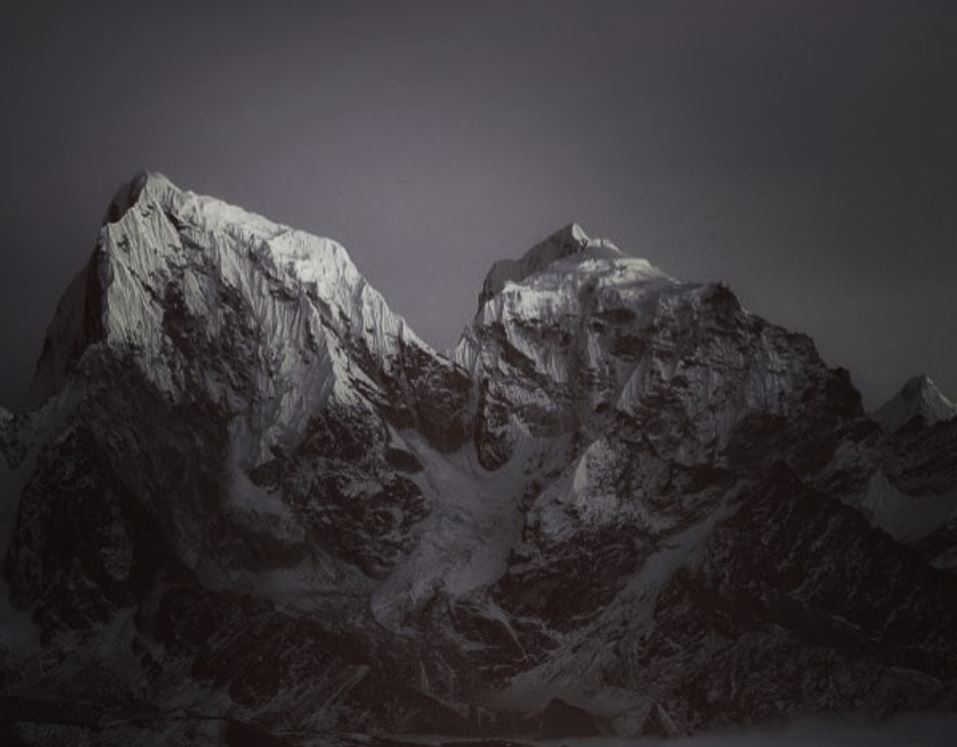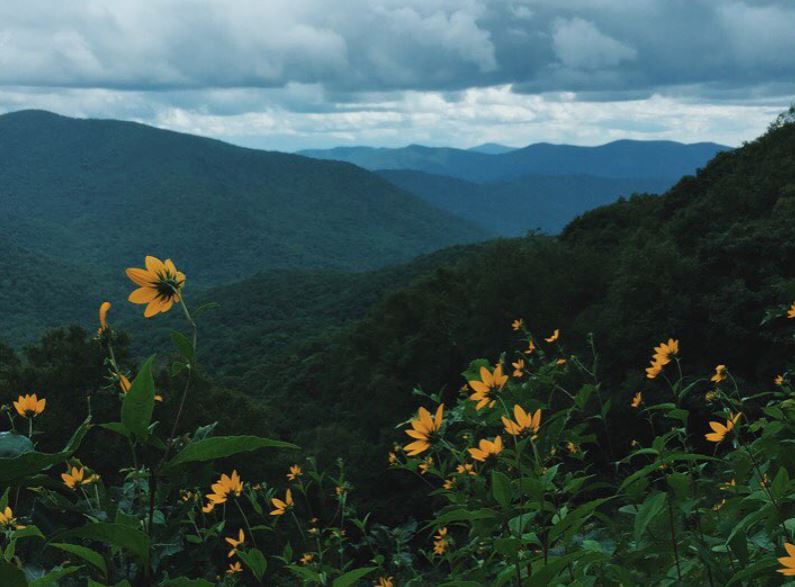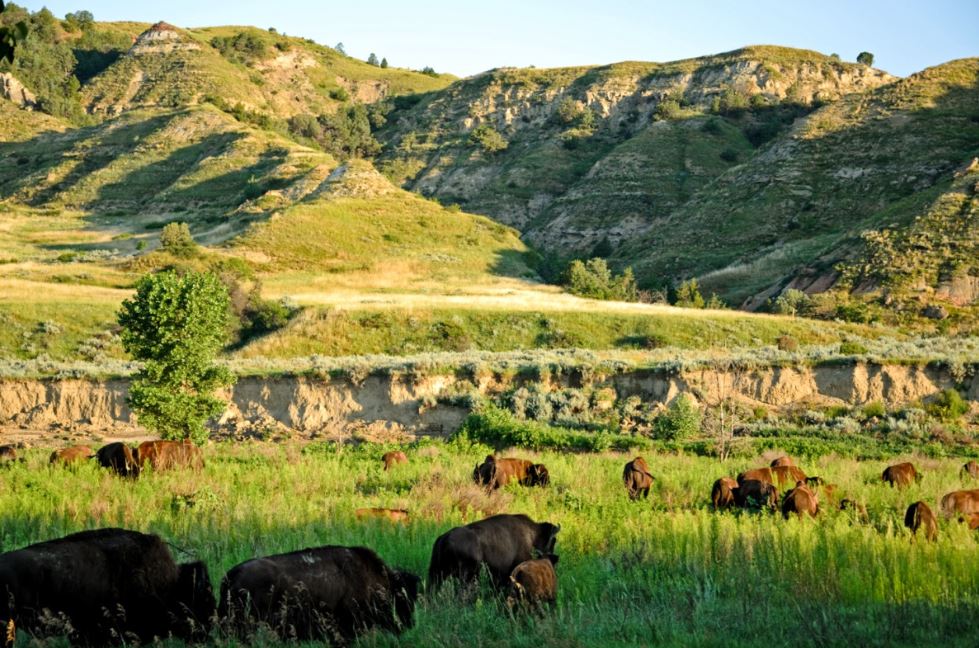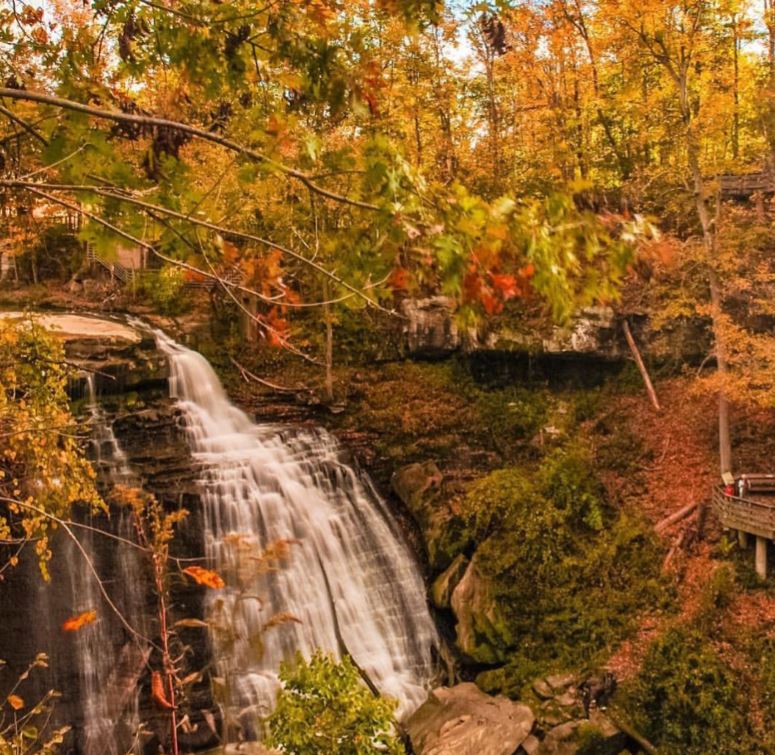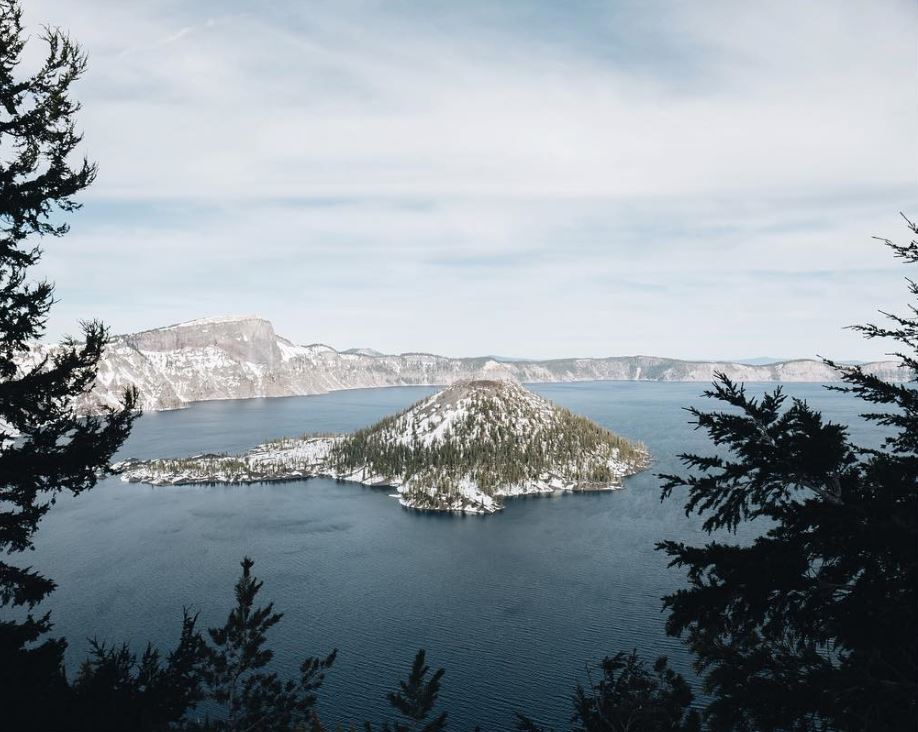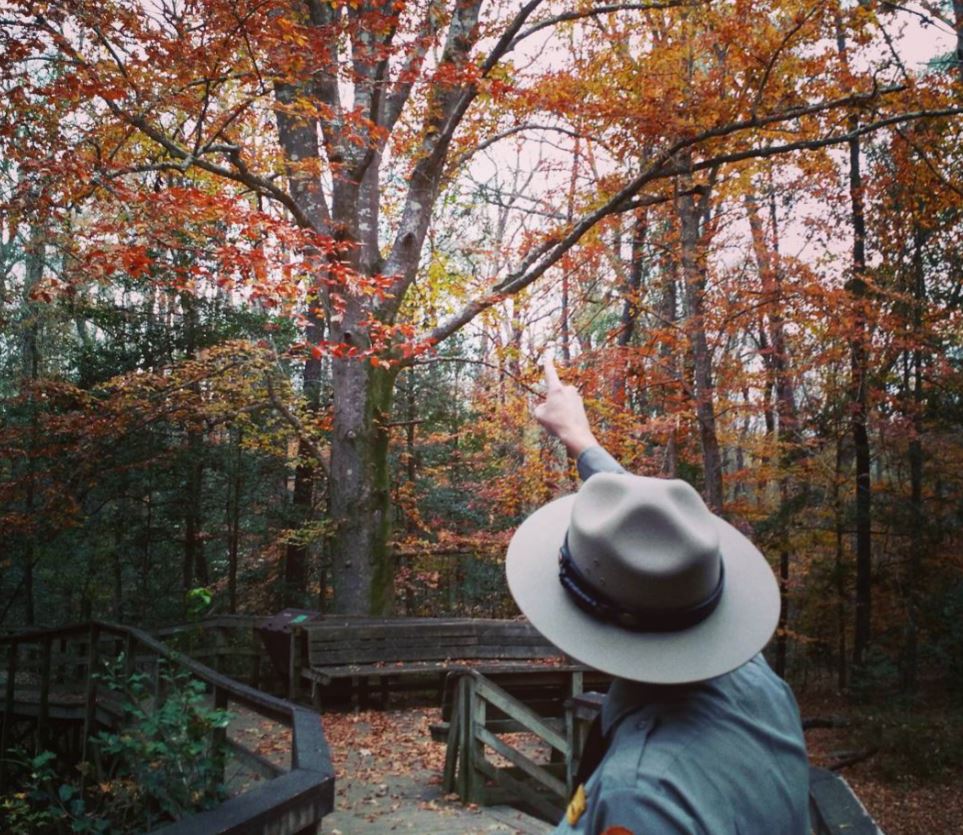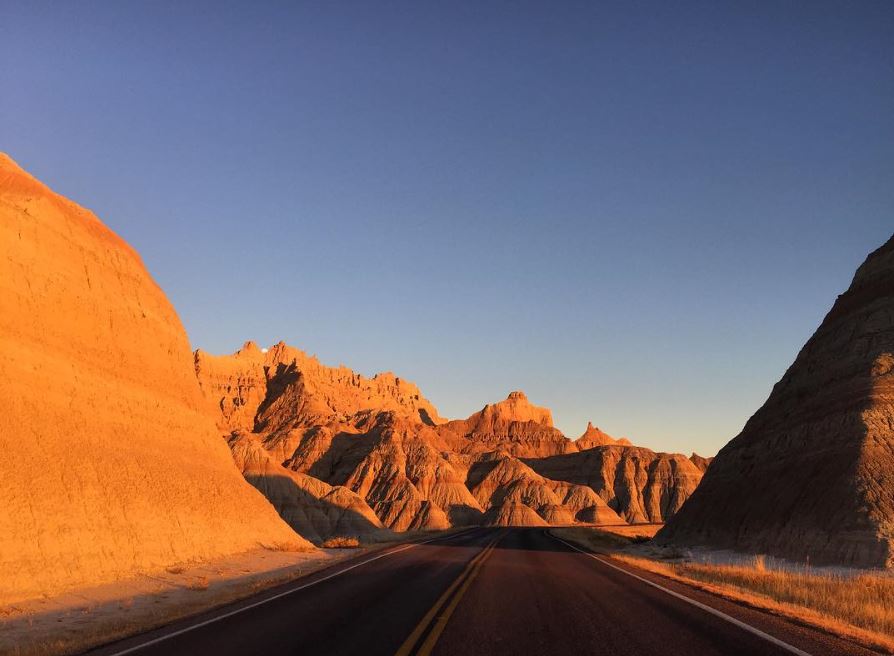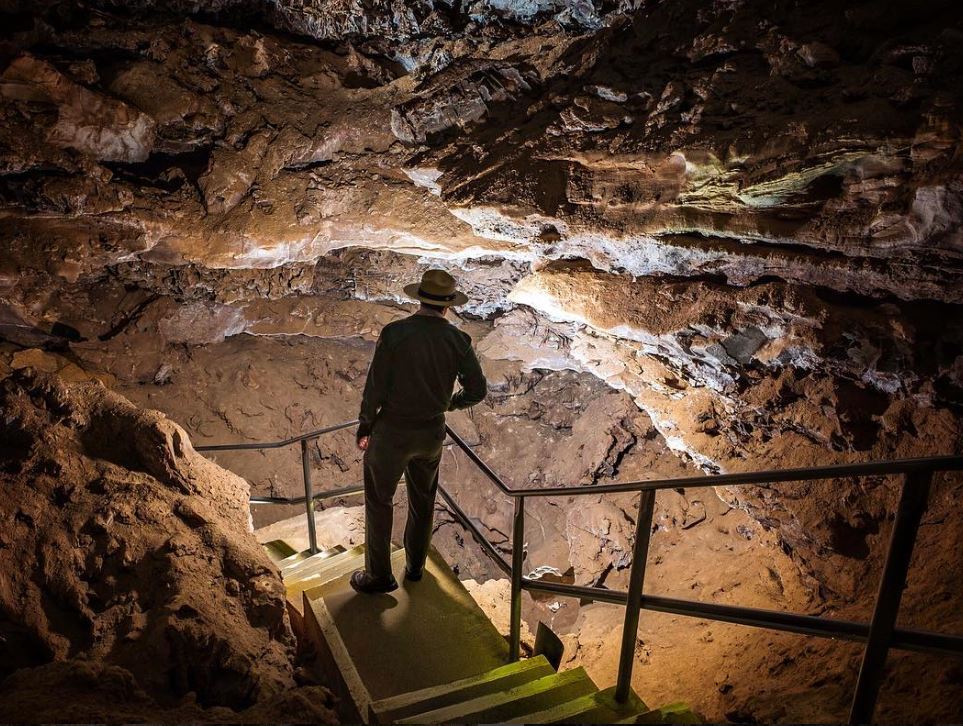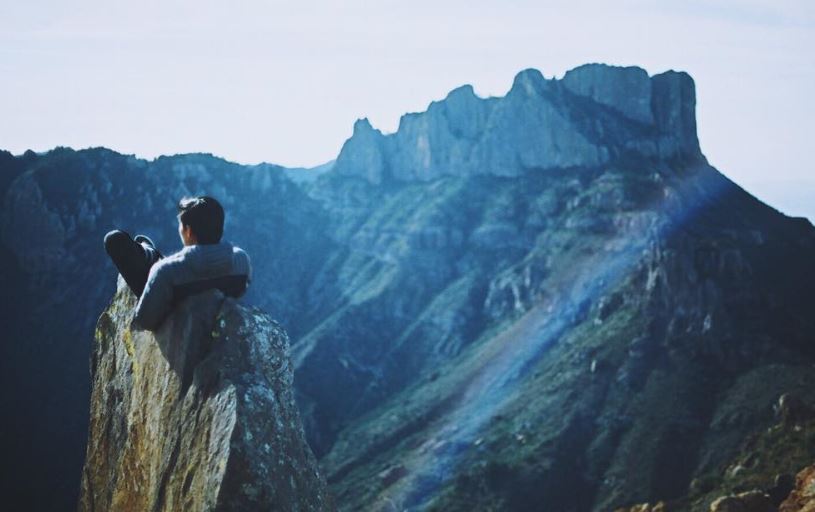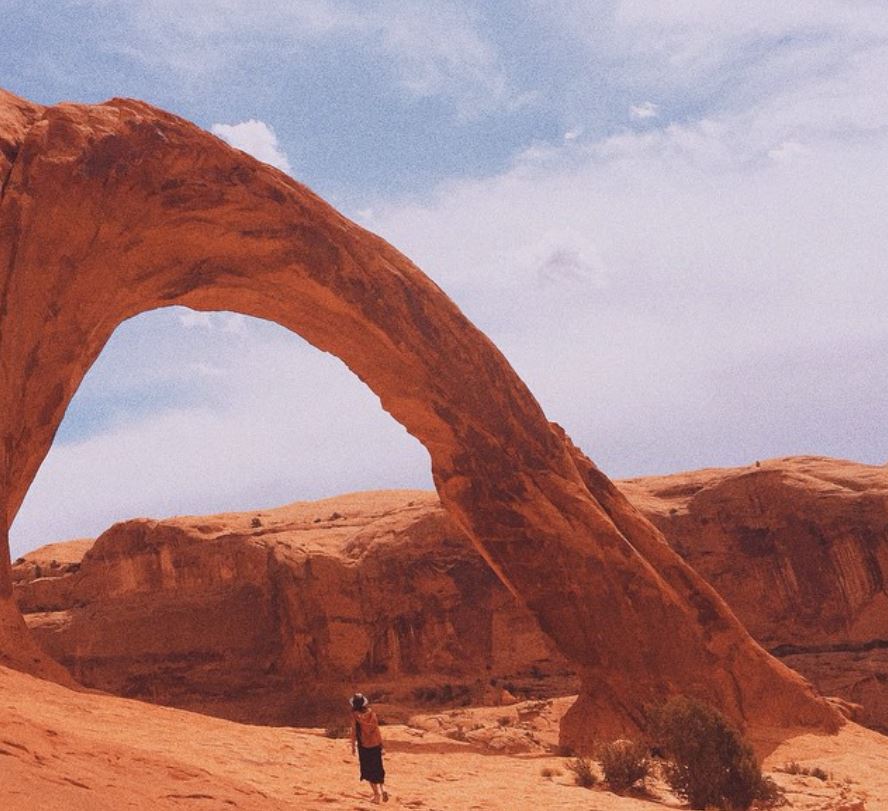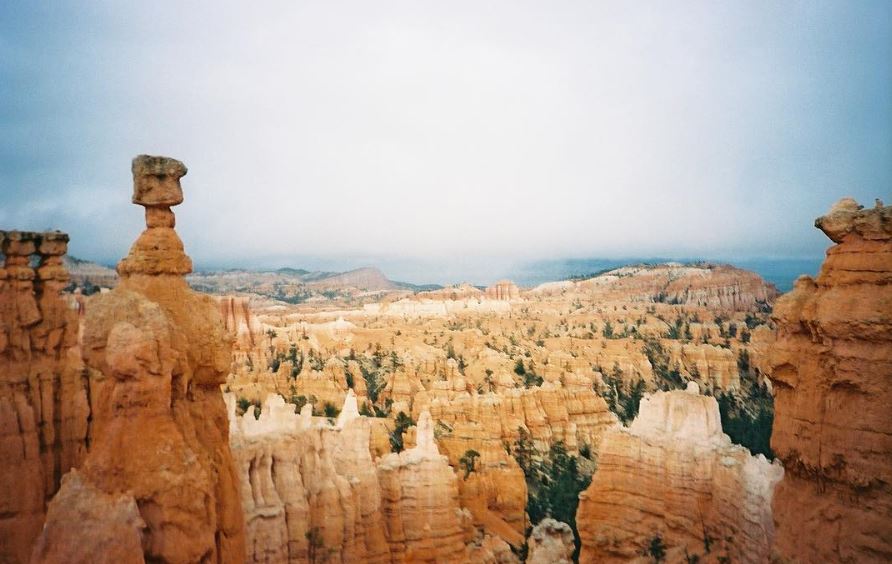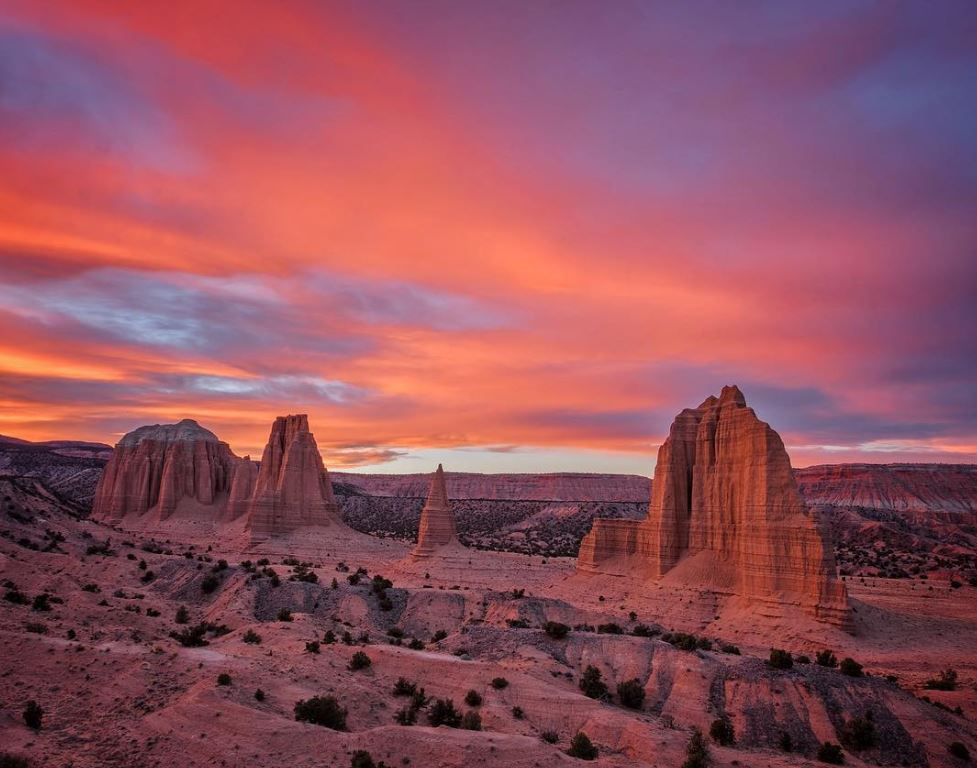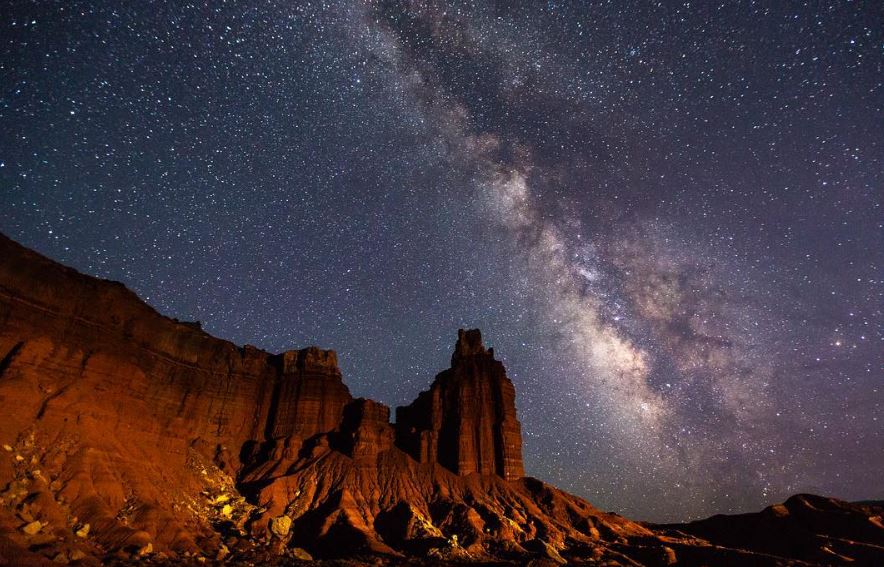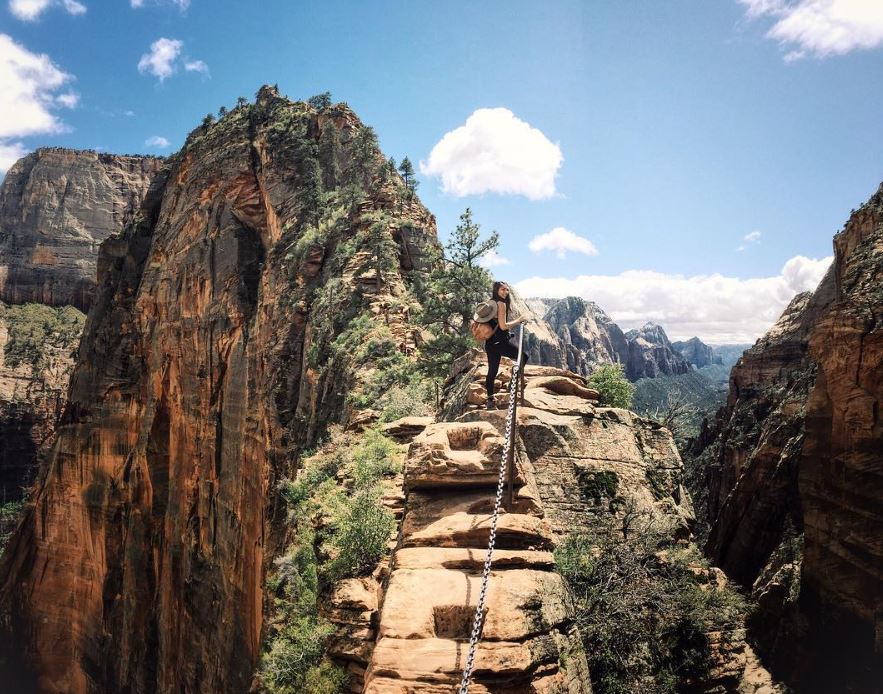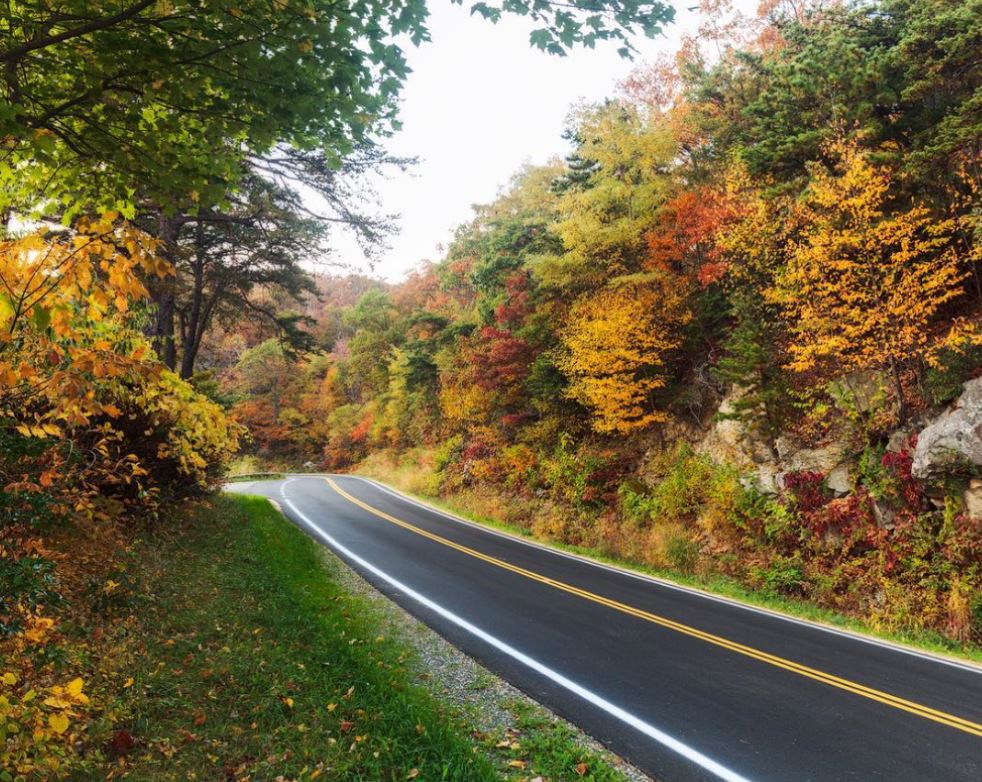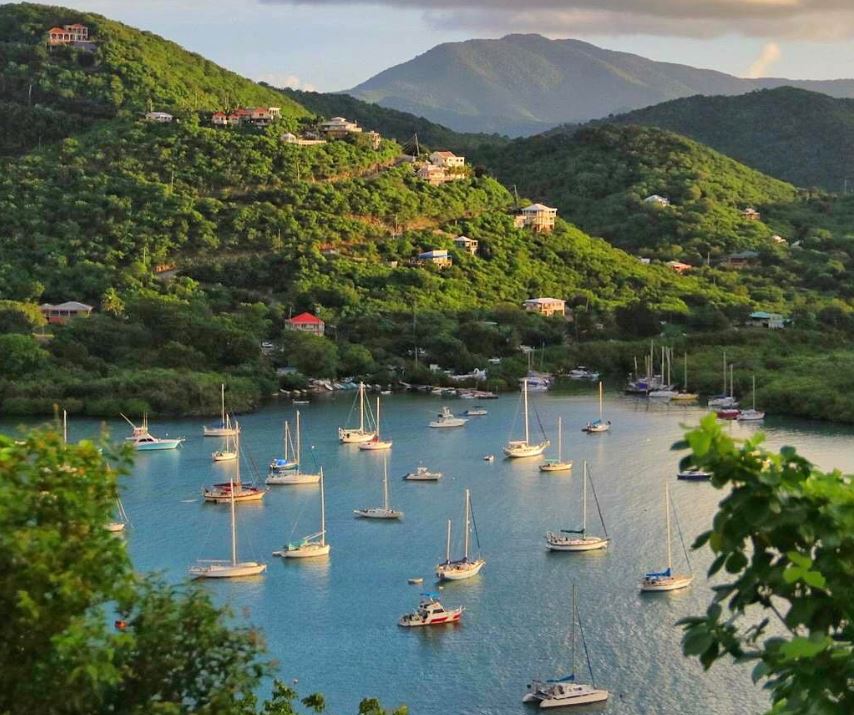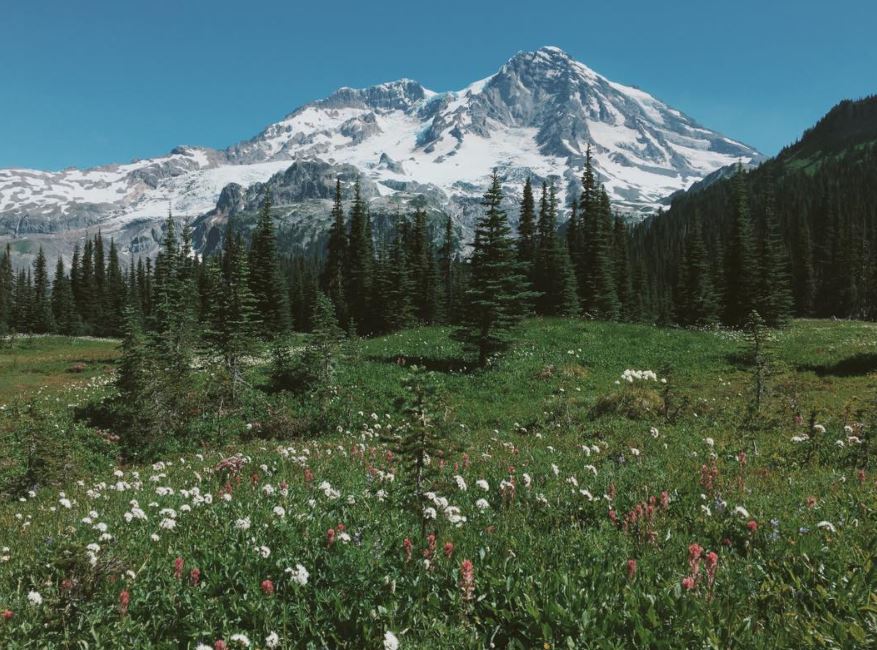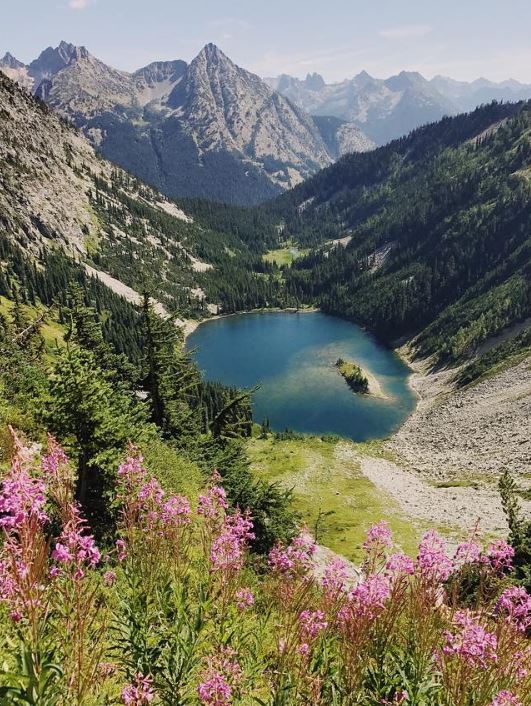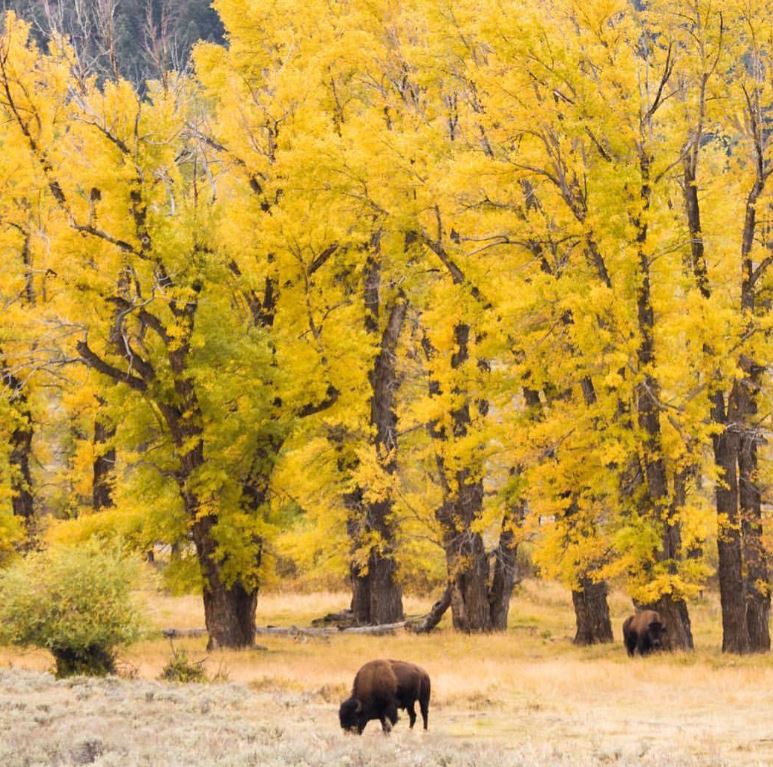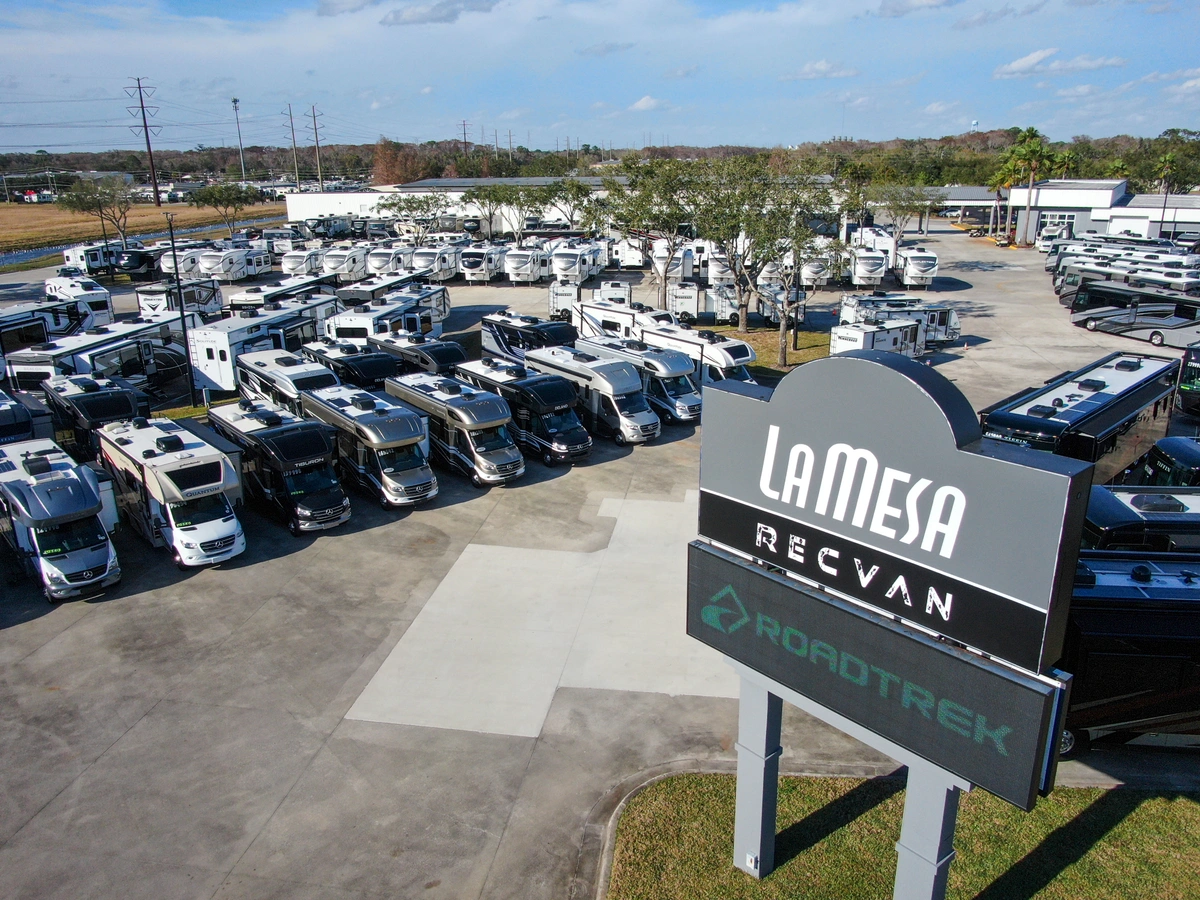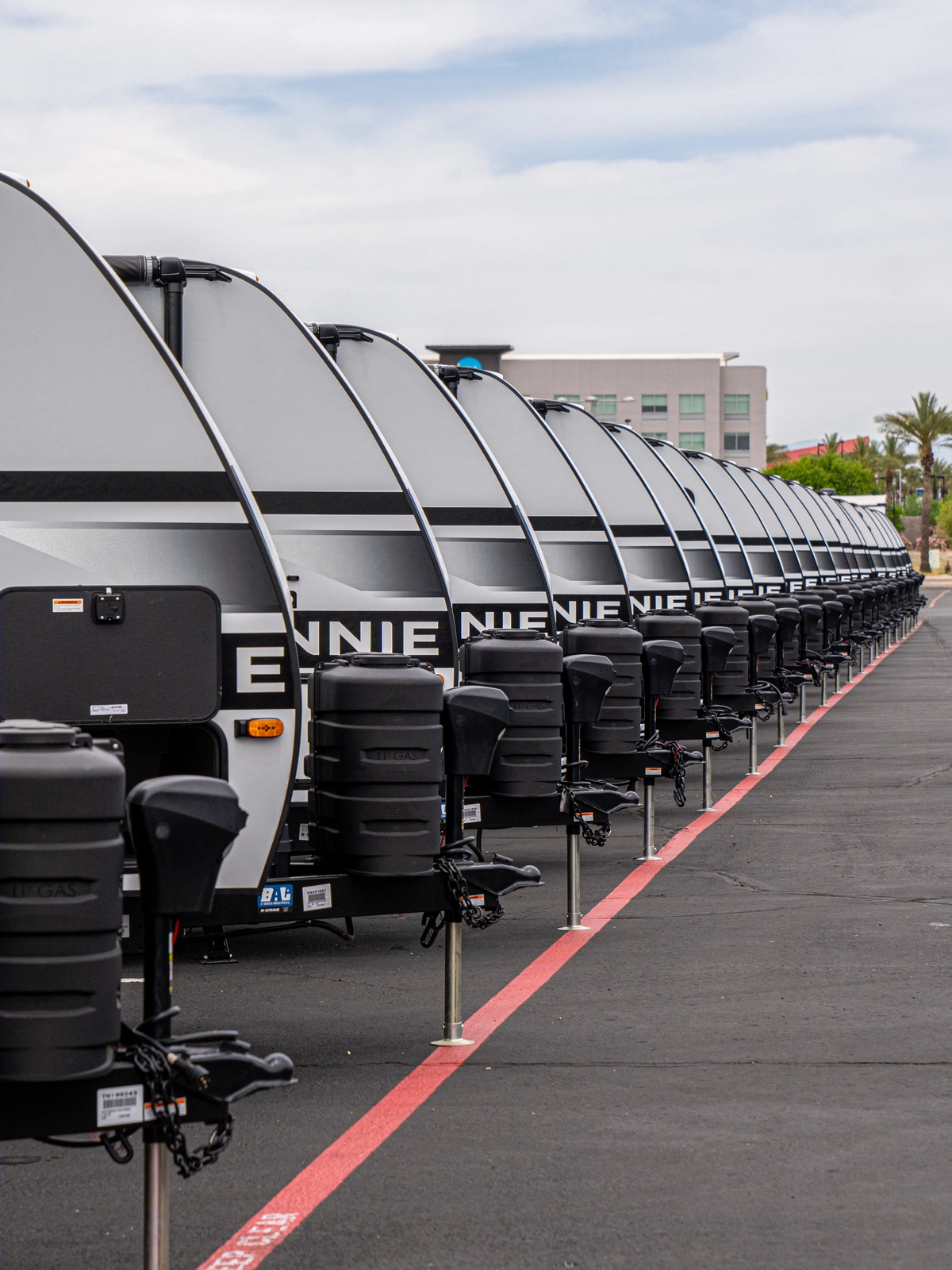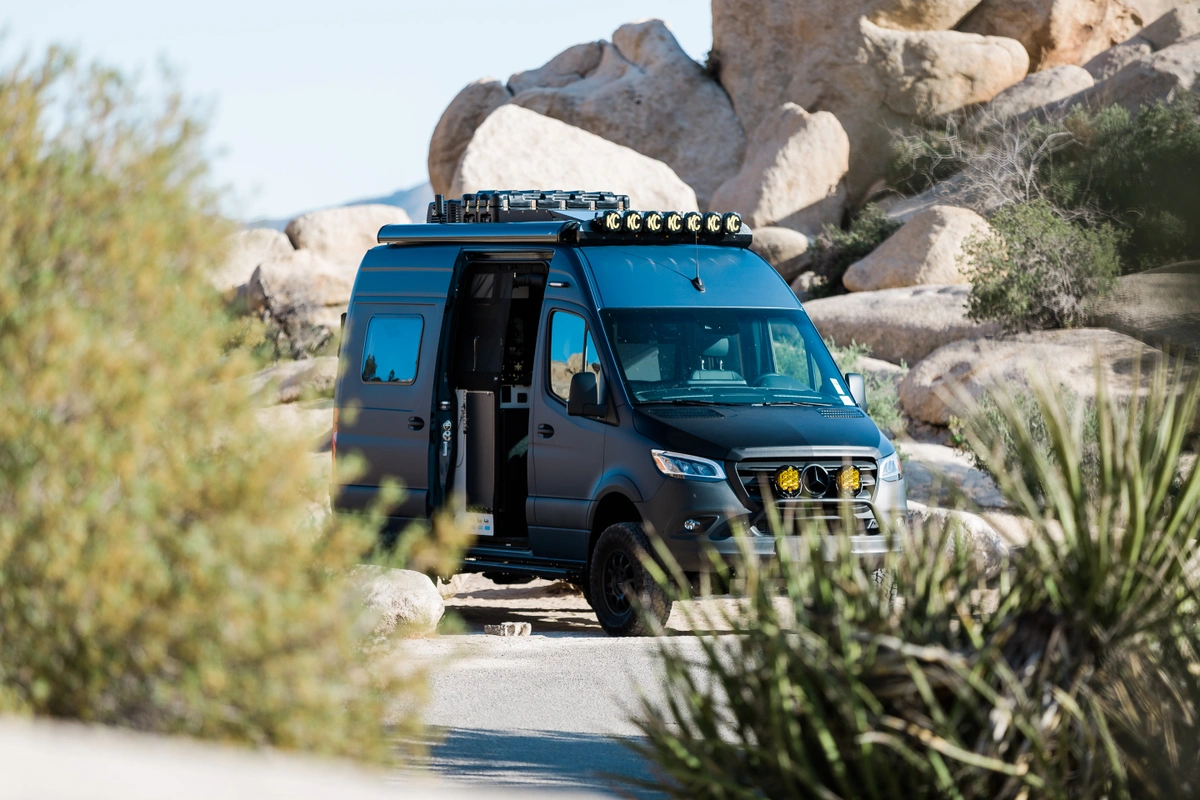From sea to shining sea, we welcome you to join us for this year's National Park Week. NPW offers free entrance to all U.S. national parks from April 17-25th. If you've ever daydreamed about climbing volcanoes in Hawaii, summiting El Capitan, swimming with marine life in Florida, dirt biking in the desert, kayaking the Great Lakes or climbing mountains in the Pacific Northwest, this is your chance to make those dreams a reality.
The American landscape is vast and inviting. The road is open, winding and calling for you to pack up your RV and turn your eyes to the horizon for your next great adventure. We've outlined what you need to know before you go to each park as well as where you can park your motorhome.
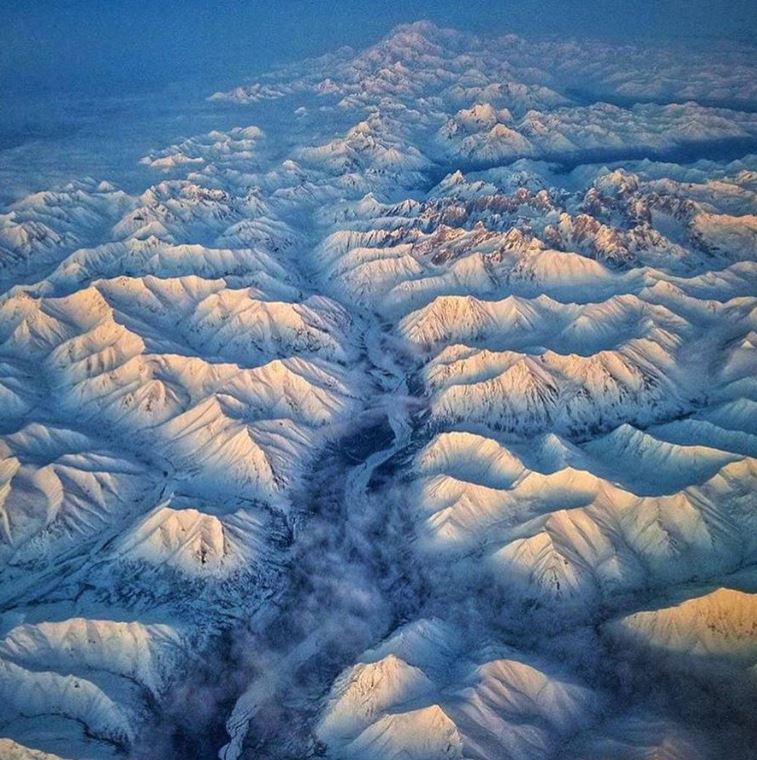
ALASKA
Denali
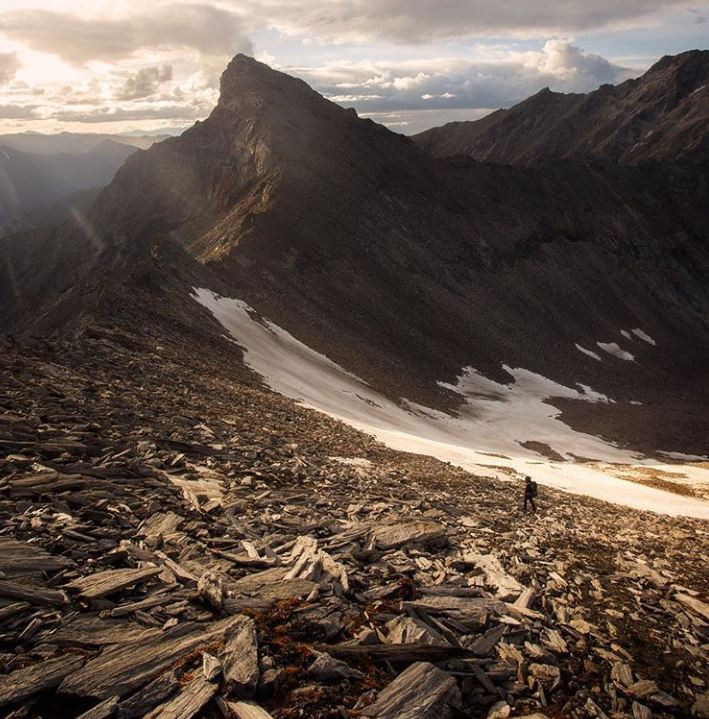
Gates of the Arctic

Glacier Bay
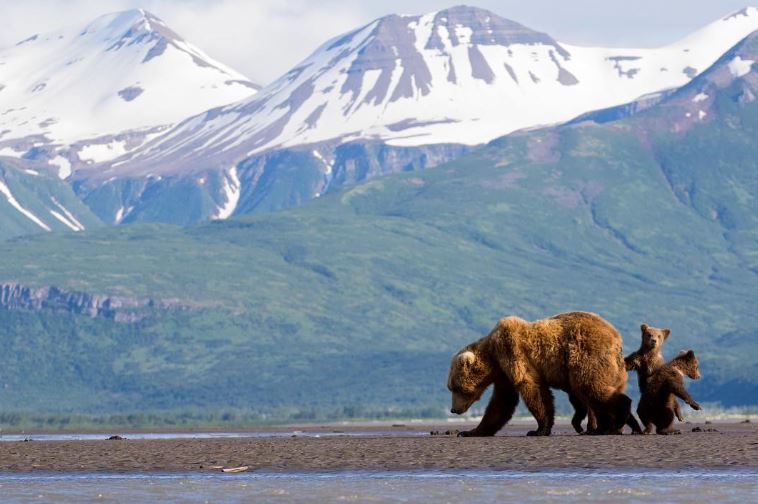
Katmai
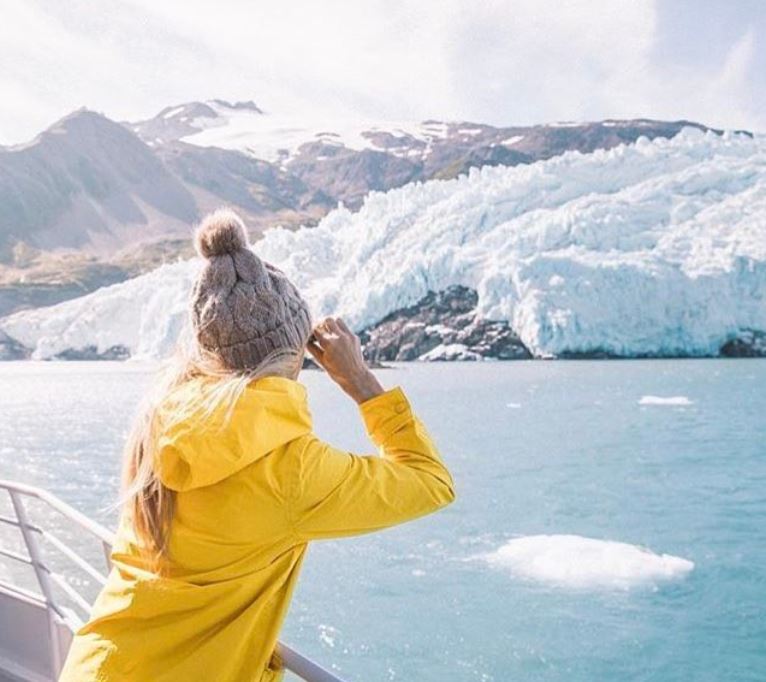
Kenai Fjords
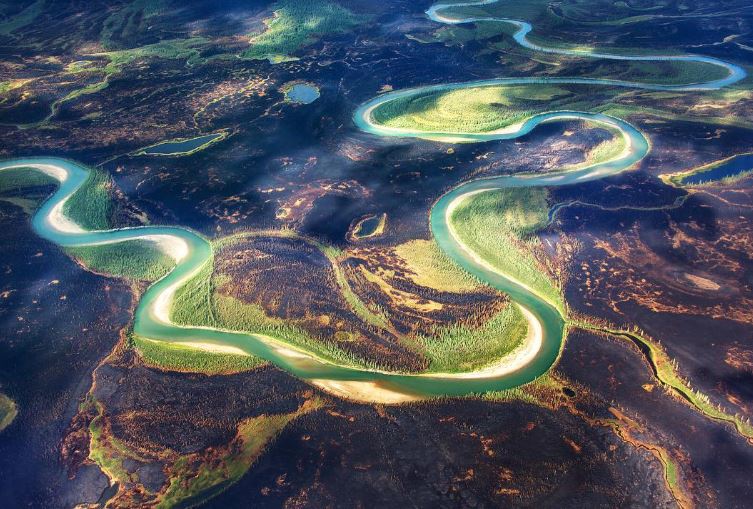
Kobuk Valley
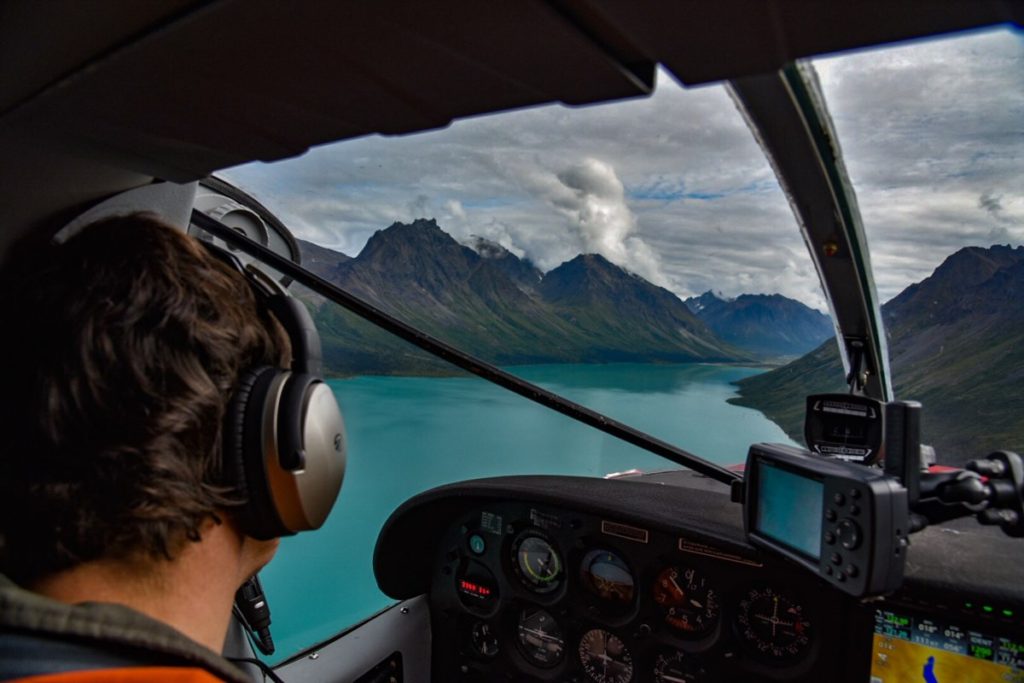
Lake Clark

Wrangell - St. Elias
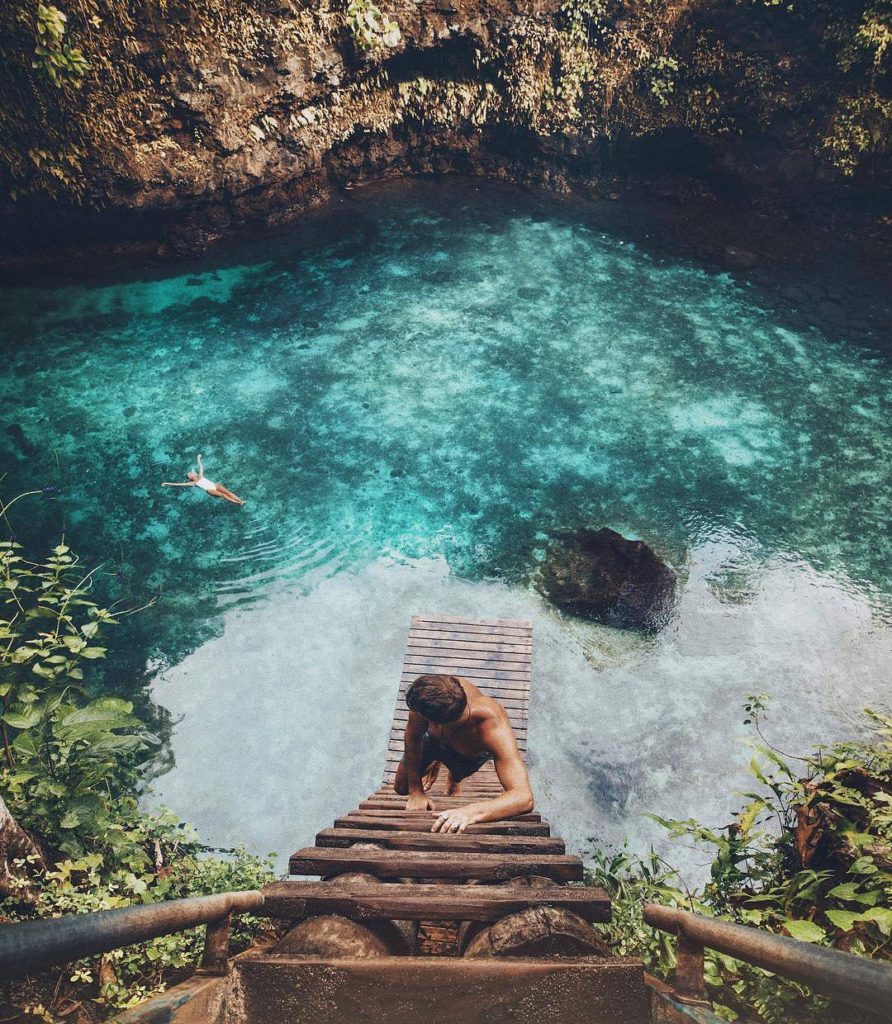
AMERICAN SAMOA
American Samoa
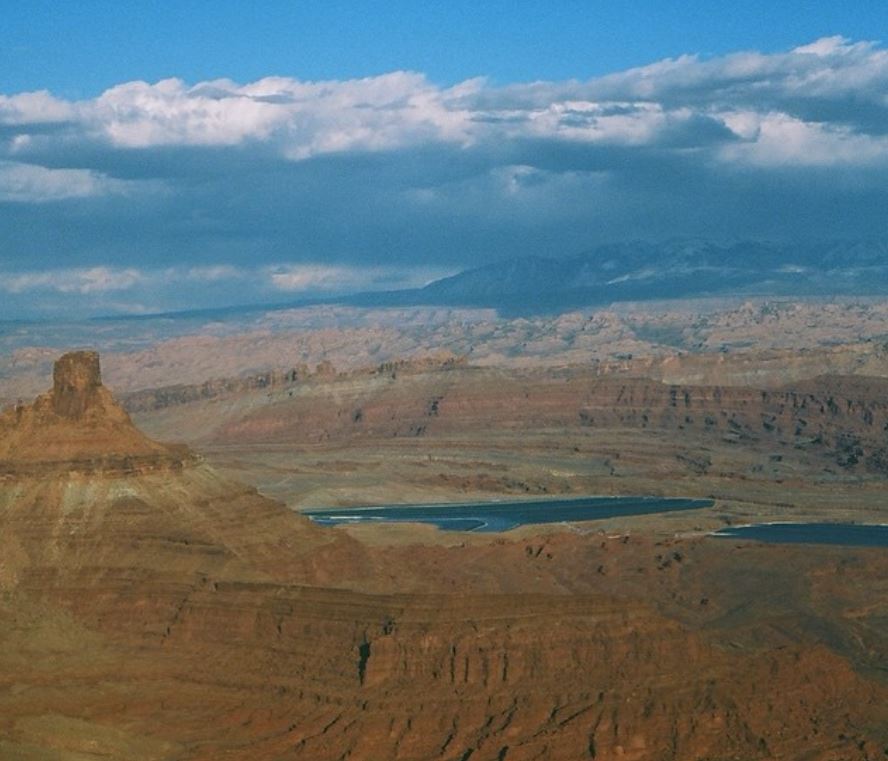
ARIZ ONA
Grand Canyon
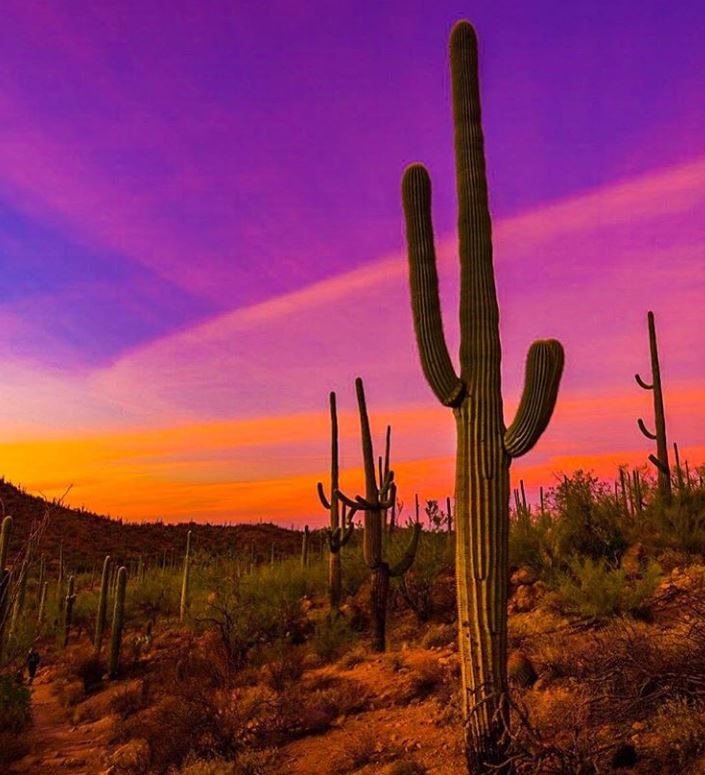
Saguaro
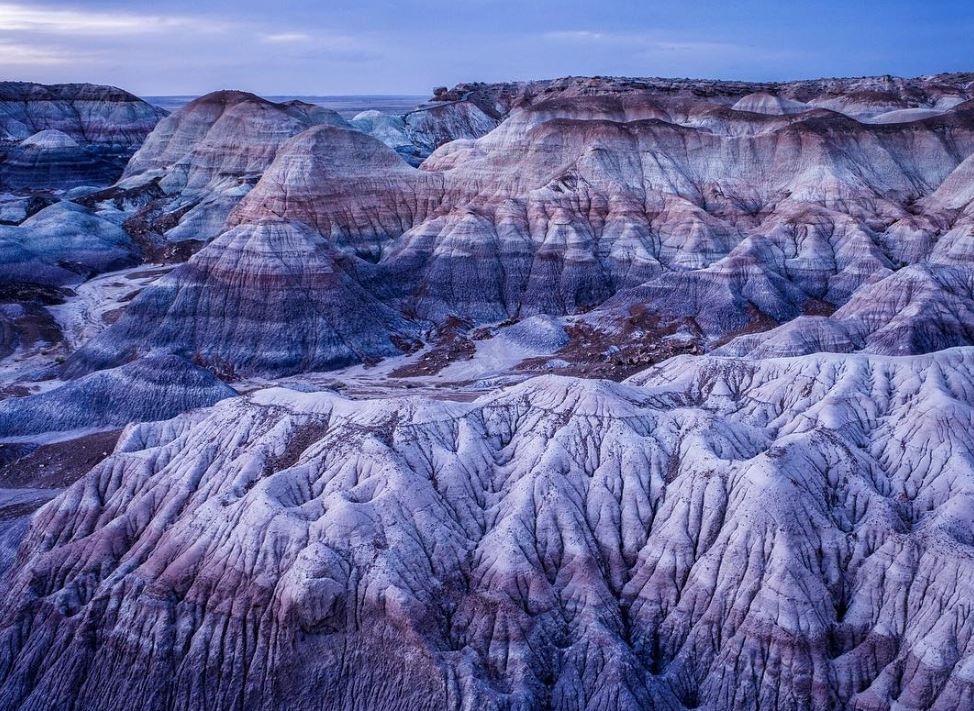
Petrified Forest
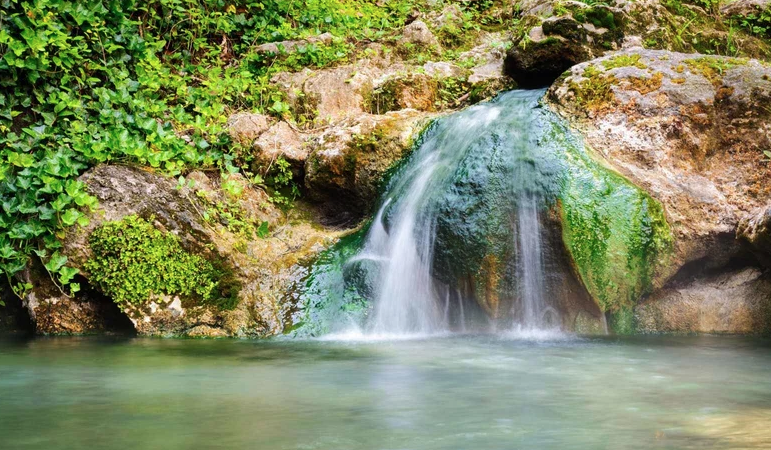
ARKANSAS
Hot Springs
Know Before You Go: The park is best known for the 47 hot springs that come out of the Hot Springs Mountain (at an average 143deg Fahrenheit.) Hot Springs is mandated to give away its primary natural resource to the general public in an unending and unaltered state. Drinking the hot springs water is perfectly normal, in fact, it's even encouraged.
Where To Stay: J&J RV Park
Photography: @channelislands_park
CALIFORNIA
Mammoth Cave
Know Before You Go: White-Nose Syndrome, a disease in bats that is killing these vital animals by the millions, is a potential threat to Mammoth Cave and the bats that live there. The Park is working to prevent WNS, which will affect what you can wear or bring with you into the cave when you go. Clothing, footwear and handheld items that have previously been worn in the caves may not be brought into Mammoth Cave. Click here for those exact details.
Where To Stay: Mammoth Cave Campground
Photography: @kevinruss
MAINE
Acadia
Know Before You Go: The park is the oldest national park east of the Mississippi. It covers 47,000 acres and consists of a cluster of islands along the coast of Maine. The terrain encompasses wetlands, meadows, forests, mountains and beaches. It is one of the best biking parks in the country so bring your bicycle.
Where To Stay: Blackwoods Campground
Photography: @savydaveoutdoors
MICHIGAN
Isle Royale
Know Before You Go: The park is a remote island wilderness in the middle of Lake Superior. It is only accessible by ferry, seaplane, or private watercraft. Weather influences traveling to and from the island, as well as your trip once you arrive. So if you plan on visiting, be flexible with your expectation of your experience.
Where To Stay: Grand Marais Campground
Photography: @voyagursnps
MINNESOTA
Voyageurs
Know Before You Go: The park shares its northern boundary with Canada and lies just west of the Boundary Water Canoe Area Wilderness. The park visitor centers are accessible by car but in order to truly experience the park you should access the park by boat. All camping is limited to tent camping so leave the RV behind and try your hand at the unique offer of Houseboat camping.
Where To Stay: Voyageurs Houseboat Camping
Photography: @helloamerica
MONTANA
Glacier
Know Before You Go: The park is open year-round but depending on the season, you may be able to only access certain areas. The famous Going to the Sun Road is usually fully open beginning late June. Even if roads are open, not all trails will be. With weather patterns differing from year to year you need to make sure you check in ahead of time. View the webcam to better distinguish what time of year is right for your visit.
Where To Stay: Mountain Meadow RV Park
Photography: @ourwildabandon
NEW MEXICO
Carlsbad Caverns
Know Before You Go: Reservations are highly recommended for all guided cave tours at Carlsbad Caverns. You will need to reserve your ticket 48 hours in advance of your scheduled tour. Tour options and ways to make your reservations can be found here.
Where To Stay: Carlsbad RV Park and Campground
Photography: @greatbasinnationalpark
NEVADA
Great Basin
Know Before You Go: There is almost an 8,000 ft difference in elevation between Wheeler Peak and the valley floor, thus weather conditions in the park vary with elevation. In late spring and early summer, days in the valley may be hot, yet the snow pack may not have melted in the higher elevations. The park is a desert, with low relative humidity and sharp drops in temperature at night. In the summer, fierce afternoon thunderstorms are common. It can also snow any time of the year at high elevations. Make sure you pack accordingly.
Where To Stay: Whispering Elms Campground
Photography: @kevinruss
NORTH CAROLINA
Great Somky Mountains
Know Before You Go: Cell phone service is unavailable in many park locations, including Cades Cove and in Cataloochee but is generally available in the communities surrounding the national park. Plan ahead and acquire your own plan of action in the event of an emergency as you are not able to access cell service. Reserve your campground before you go.
Where To Stay: Abrams Creek Campground
Photography: @everywhereonce
NORTH DAKOTA
Theodore Roosevelt
Know Before You Go: Interesting fact - bison were nearly driven to extinction in the late 1800s. Today, scientists at the park and across the continent are studying bison DNA to discover how that chapter of history changed their gene pool, and bison themselves, forever. Enjoy a ranger hike and learn more about these beautiful creatures.
Where To Stay: Cottonwood Campground
Photography: @sophalyan
OHIO
Cuyahoga Valley
Know Before You Go: Dressing in layers is advisable as summer temperatures range from 49 to 95 degrees during the day. In the fall, days can get up to the low 70s and freezing temperatures during the night. Fall foliage often peaks in mid-October.
Where To Stay: Woodside Lake Park
Photography: @atranphoto
OREGON
Crater Lake
Know Before You Go: Crater Lake is the deepest lake in the United States with a depth of 1,943 feet. Scientists consider Crater Lake to be the cleanest and clearest large body of water in the world. Crater Lake rests in the belly of a dormant volcano with its last eruption dating 7,700 years ago.
Where To Stay: Mazama
Photography: @congareenps
SOUTH CAROLINA
Congaree
Know Before You Go: Flooding can happen with little or no warning, so make sure to check water levels for Cedar Creek and the Congaree River. During the summer, mosquitoes are highly active. Bring insect repellent whenever you are outside. Cell phone reception within the park is unreliable and may not be available when hiking or kayaking.
Where To Stay: Elliott's Landing and Campground
Photography: @badlandsnps
SOUTH DAKOTA
Big Bend
Know Before You Go: The Rio Grande serves as the international boundary between the United States and Mexico. If you desire to go into Mexico, a passport is required.
Where To Stay: Rio Grande Village RV Campground
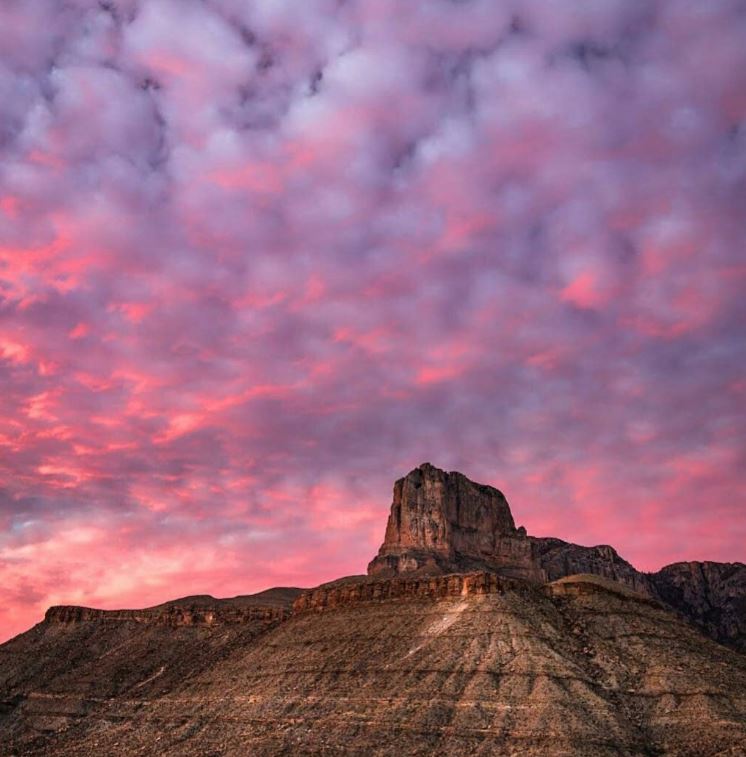
Photography: @usinterior
Guadalupe Mountains
Know Before You Go: There is no gasoline available in the park. If you are traveling from El Paso, TX, Dell City is the closest town with all your needed amenities. When traveling from New Mexico, Whites City is the last place that offers all of your food and beverage needs. There is no cell reception in the park.
Where To Stay: Dog Canyon
Photography: @helloamerica
UTAH
Shenandoah
Know Before You Go: The park is a mere 75 miles from Washington D.C. so you can enjoy both the nation's capitol and natural beauty while on the same road trip. Check in with weather conditions as the park is known to encounter wind damage in the winter leaving uprooted trees in the park.
Where To Stay: Big Meadows Campground
Photography: @loci_p_
VIRGIN ISLANDS
Virgin Islands
Know Before You Go: As noted by the NPS after hurricane Irma, "We have made tremendous progress in its recovery efforts. All beaches and trails are open except the Francis Bay boardwalk. There may be limited facilities available at the beaches but our waters are once again pristine blue and our sands almost snow white. You will find snorkeling a bit different as corals, sea fans, and sponges have toppled."
Where To Stay: Cinnamon Bay Resort & Campground (tent camping)
Photography: @kevinruss
WASHINGTON
Mount Rainer
Know Before You Go: Mount Rainer is an active volcano. Active steam vents, periodic earth tremors and reported historical eruptions provide evidence that Mount Rainier is sleeping, not dead. Seismic monitoring stations around the mountain should provide days or weeks of advance warning of impending eruptions, however, other geologic hazards like debris flows, glacial outburst floods, and rockfall can occur with little warning. Detailed geohazard information is available at park visitor centers and from scientists at the USGS Cascades Volcano Observatory.
Where To Stay: Mouthhaven Resort
Photography: @kevinruss
North Cascades
Know Before You Go: Many of the facilities in the park are only open in the summer. Decide what you want to do before you come to the park and then check in here to see when those activities are offered.
Where To Stay: Newhalem Campground
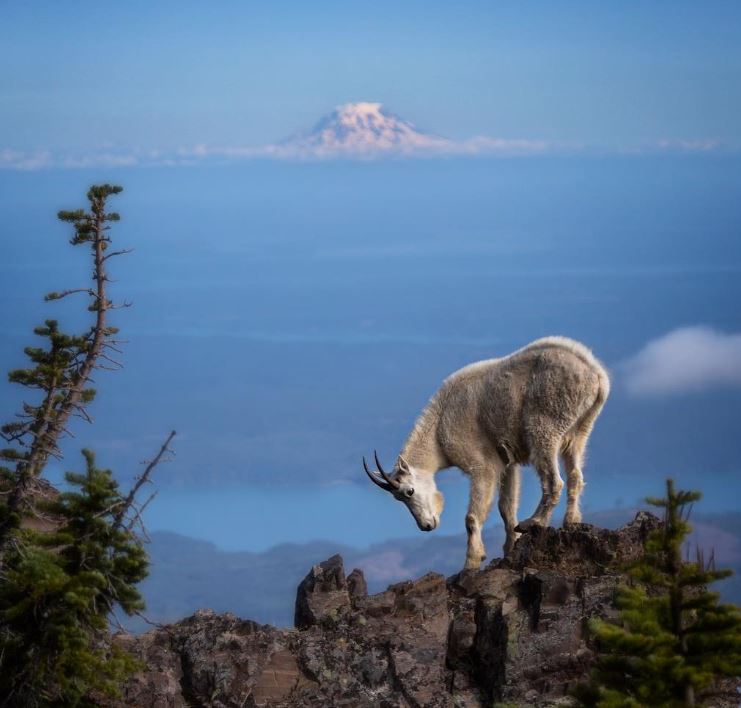
Photography: @justin.james.jackson
Olympic
Know Before You Go: Olympic National Park is open 24 hours a day year-round although some roads, campgrounds and facilities are open seasonally. Operating Hours and Seasons should be viewed before hand in order to create your ideal park experience.
Where To Stay: Fairholme Campground
Photography: @yellowstonenps
WYOMING
Yellowstone
Know Before You Go: Yellowstone is one of the top 5 most visited national parks. Try and plan your trip around fall or spring seasons to avoid the crowds. Many ask about swimming and the details are as follows: Swimming is not recommended because most lakes and streams are dangerously cold. Firehole Canyon, near Madison Junction, has a swimming area popular in the summer. Soaking in thermal features is illegal. The area known as Boiling River, north of Mammoth Hot Springs, allows soaking in the Gardner River near thermal outflow, but not in the feature itself. Soaking is allowed during daylight hours only and at your own risk.
Where To Stay: Fishing Bridge RV Park

Photography: @finsty
Grand Teton
Know Before You Go: Seasonal road closures may limit auto access to some areas in the park during the winter. Operating hours of facilities vary depending on the season. In winter, services are very limited. Warm days and cool nights prevail in July and August and afternoon thundershowers are common. September through November offer sunny days and cold nights with occasional rain and snowstorms.
Where To Stay: Colter Bay Campground
Heading out on a road trip adventure for National Park Week? We want to hear from you. Leave us a comment in the section below sharing where you'll be headed this 2021 for a chance to be featured on our La Mesa RV Instagram.

